Best laptop for computer science students 2025: Top CSE picks at every budget
We tested the best laptops for computer science students and courses ahead of this year's Amazon Prime Day sale.

When selecting the best laptops for computer science students, I’m looking for laptops with powerful processors, plenty of RAM, and screens that are easy on the eye for long days studying and long nights coding.
For most CSE students, the Lenovo ThinkPad X1 Carbon Gen 12 is the best pick - it’s a seriously powerful machine with all the specs you’ll need for studying compsci at any level. We loved how well this laptop performed during our tests. Not only that, it looks great, and also boasts a highly comfortable typing experience. For those on a budget, I also like the Acer Aspire 5 and the mid-range HP Victus 15, which is built for gaming, but capable of a lot more.
I’ve also rounded up the best laptops for programming, where I’ve selected slightly higher-end machines for professional use - although you’ll spot a few of them on this right here, and the best laptops for engineering students, with a focus on graphical prowess. But for CSE majors, the laptops in this round-up will effortlessly see you through your whole course and beyond. Each model featured here has been comprehensively tested and benchmarked to make sure they measure up.
July 2025: In this latest update, I've included added three new laptop models suitable for CSE majors and students at all levels, including the best portable laptop, the best 18-inch machine as well as the best workstation.
The quick list
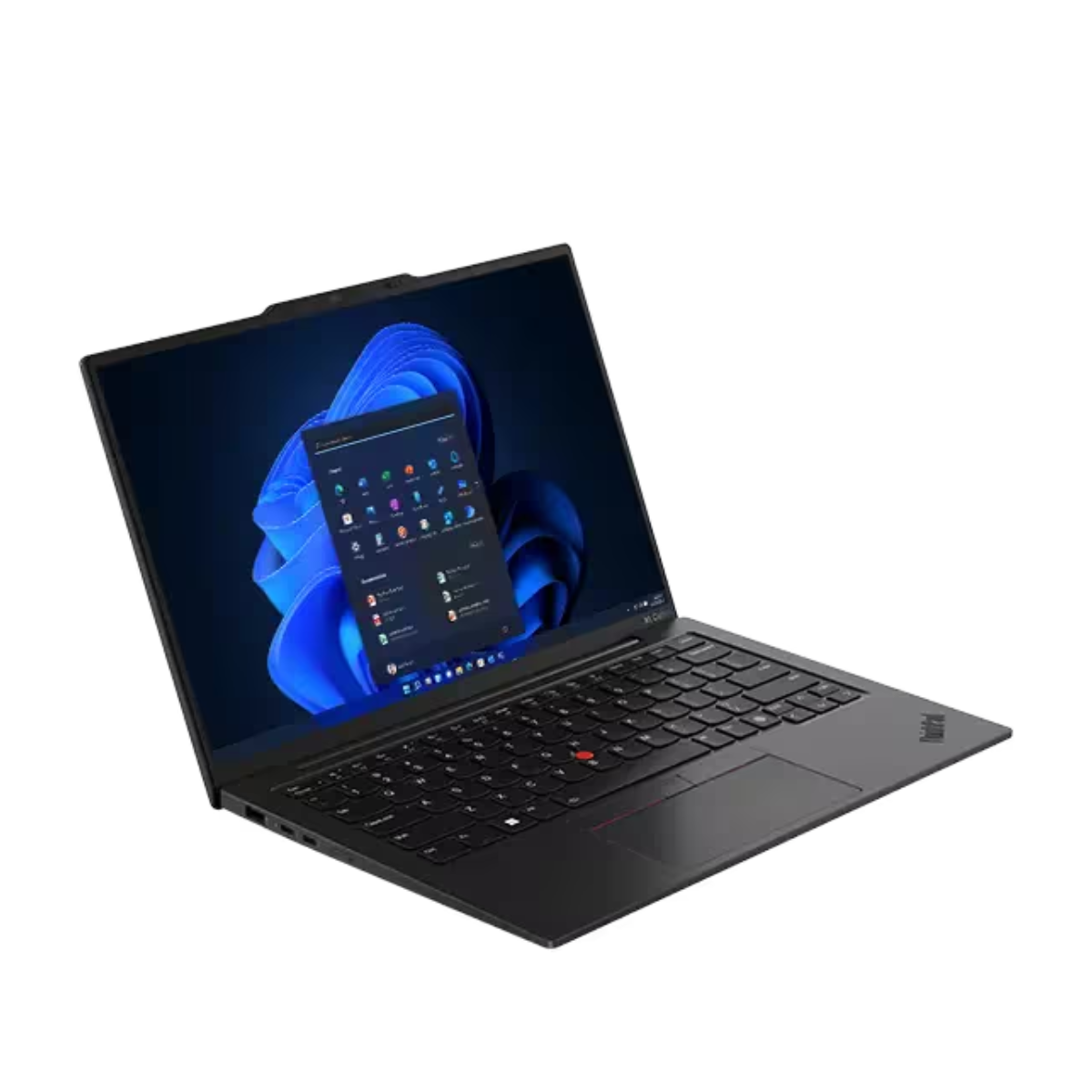
Thin, lightweight, and super-portable, this laptop looks stylish and delivers fantastic performance thanks to some great specs.

The combination of full-power Intel processors and a stunning OLED display mean the Swift 3 has the power and screen quality to scythe through coding and other computing tasks, and the three-figure price is deeply impressive. It's not too refined, but it does a good job and is great value.
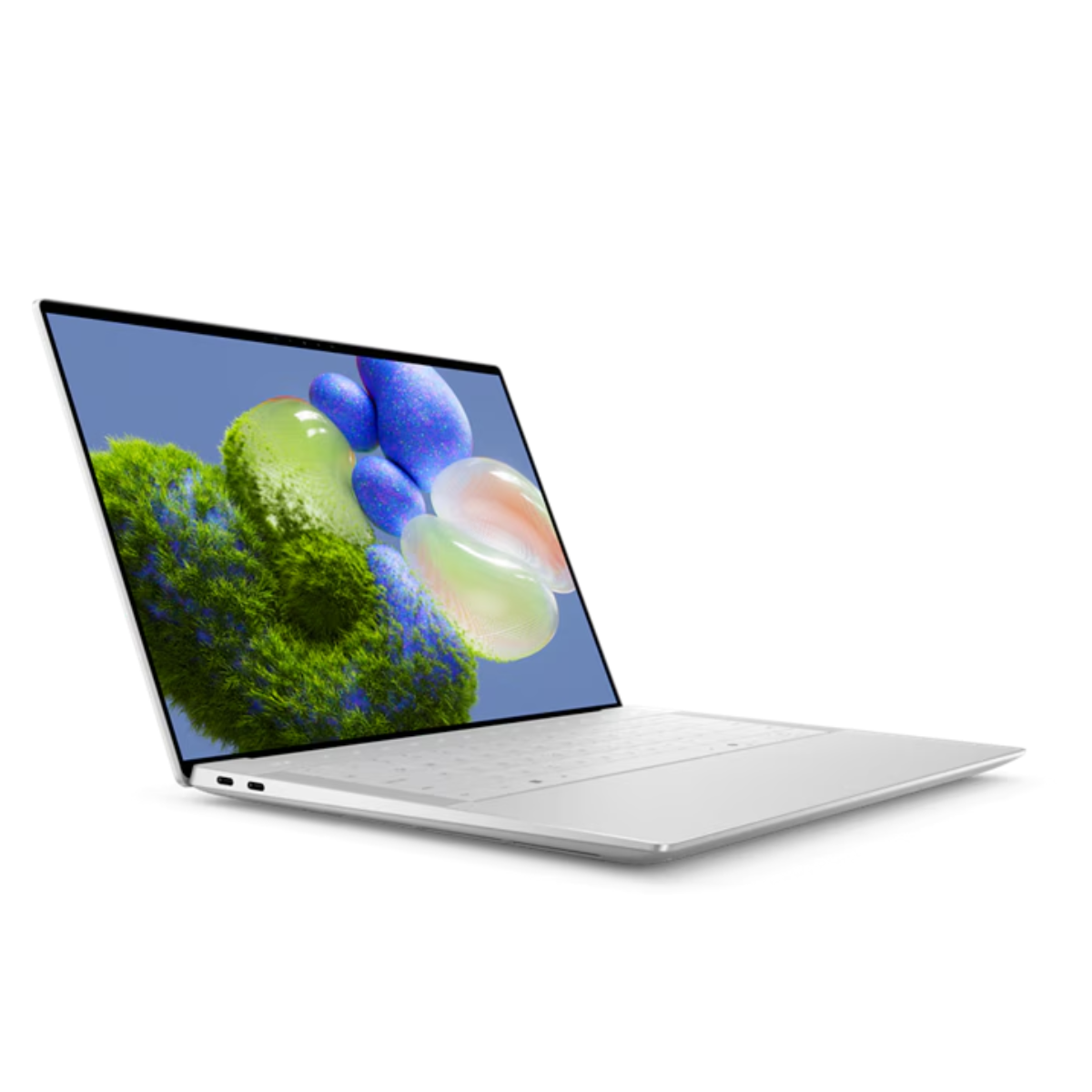
One of the best Windows laptops you can get, this robust machine is an excellent all-rounder when it comes to performance.
Load the next products...

For workstation-level performance for a range of heavy workloads, there’s no beating the MacBook Pro with an M4 Pro chip. Great for dual-booting macOS and Windows.
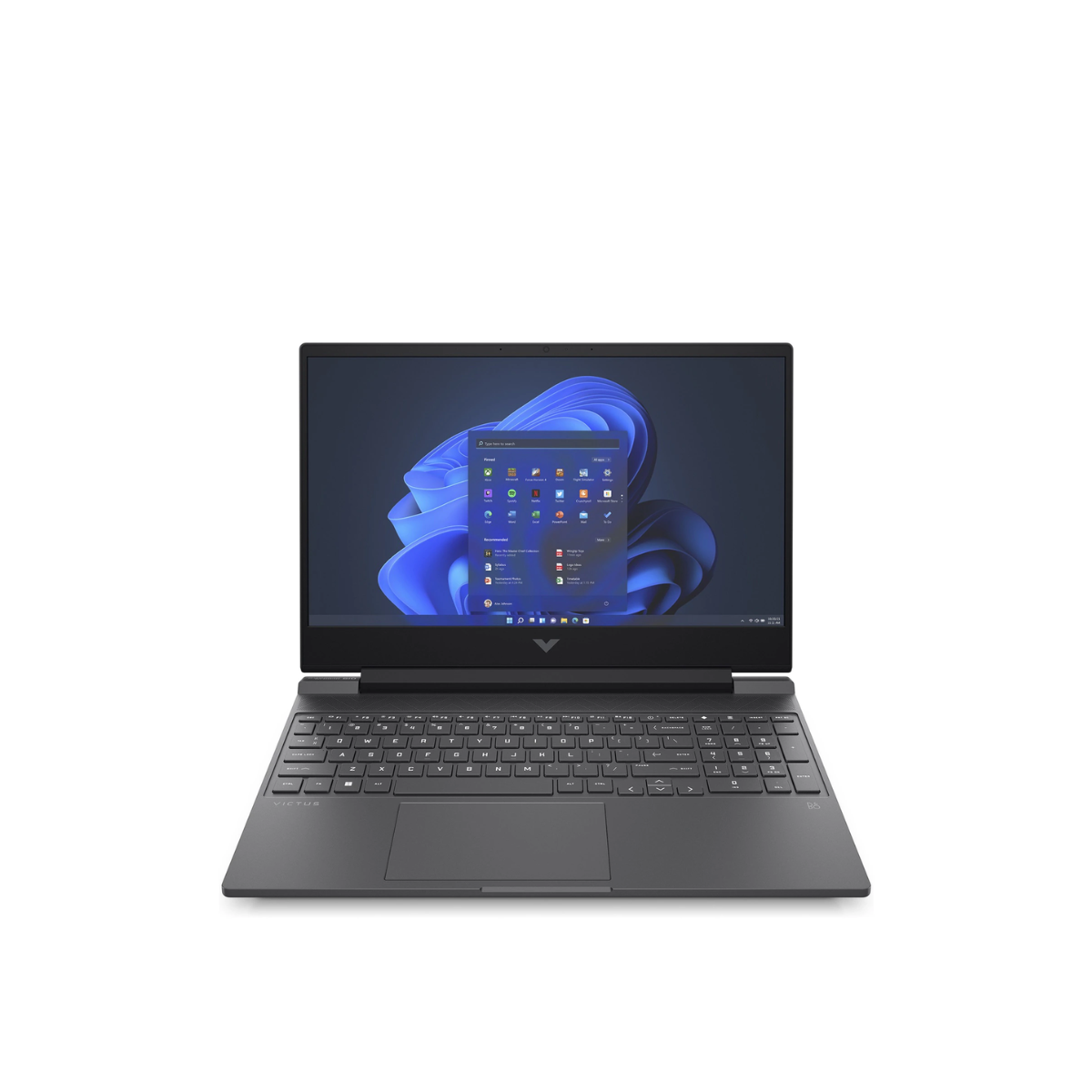
A fantastic mid-range gaming laptop that’s perfect for work and play while staying pretty affordable.

For absolute flexibility in how you work, this laptop is ideal - and those two OLED screens are simply stunning.
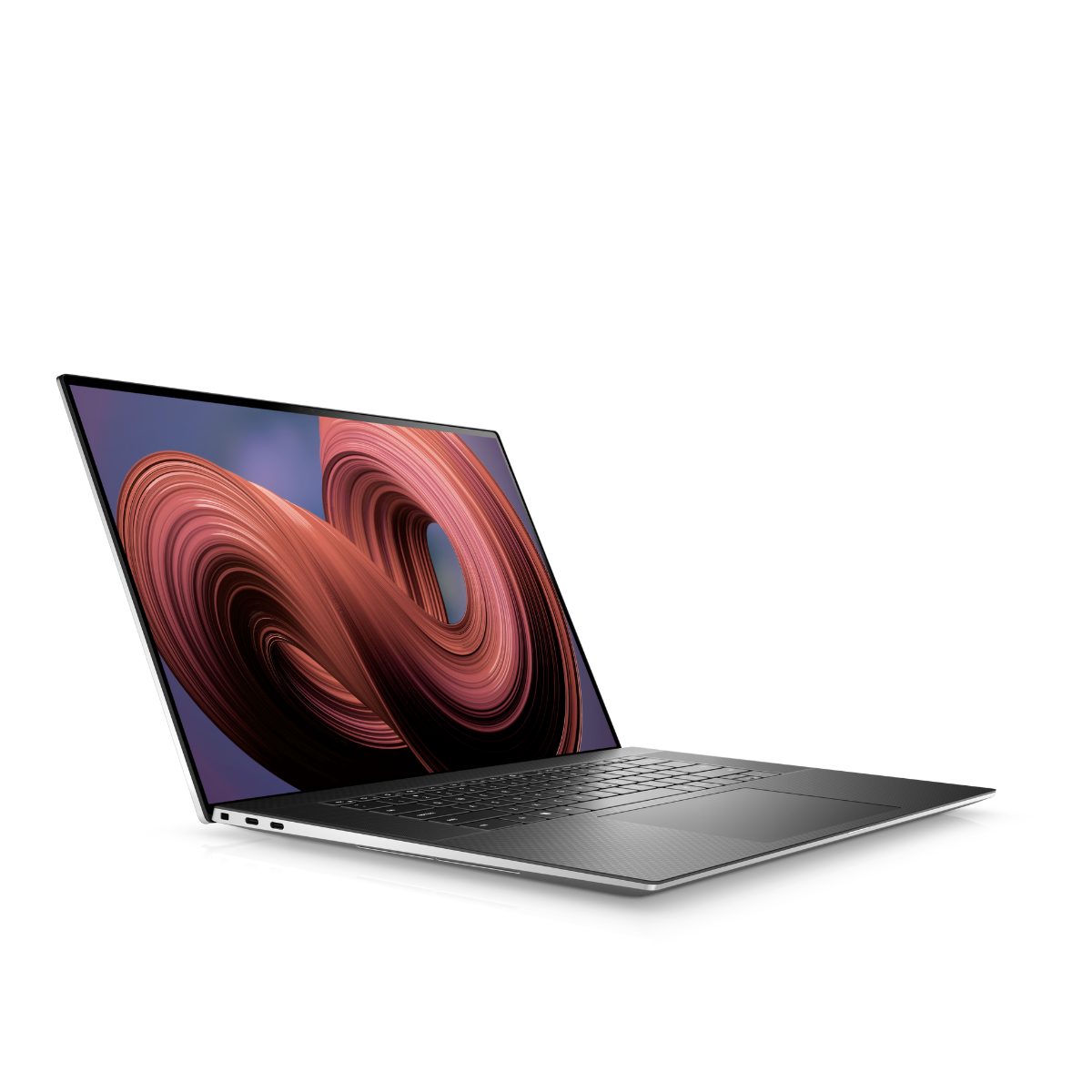
The Dell XPS 17 deploys bold, immersive display options and components that will motor through any computer science workload.
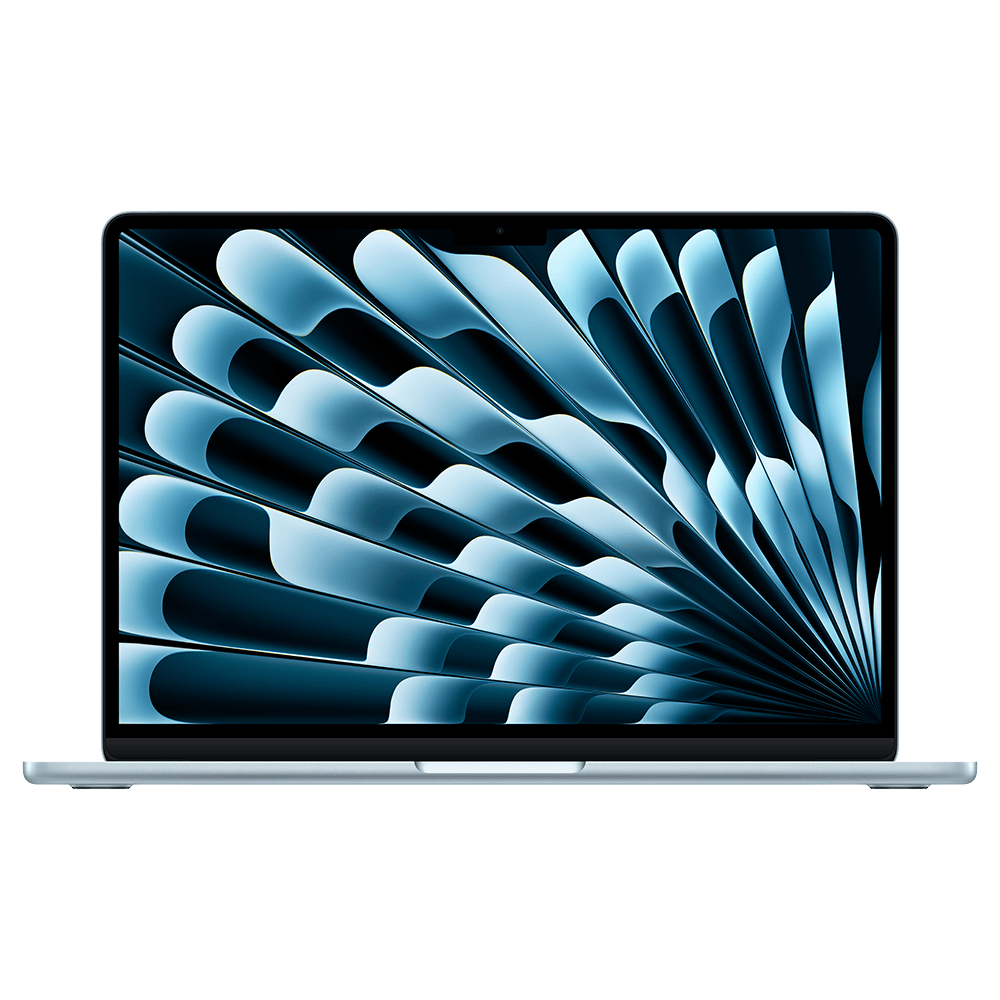
For computer science students who want to work on the go, the MacBook Air is the best-value laptop out there.
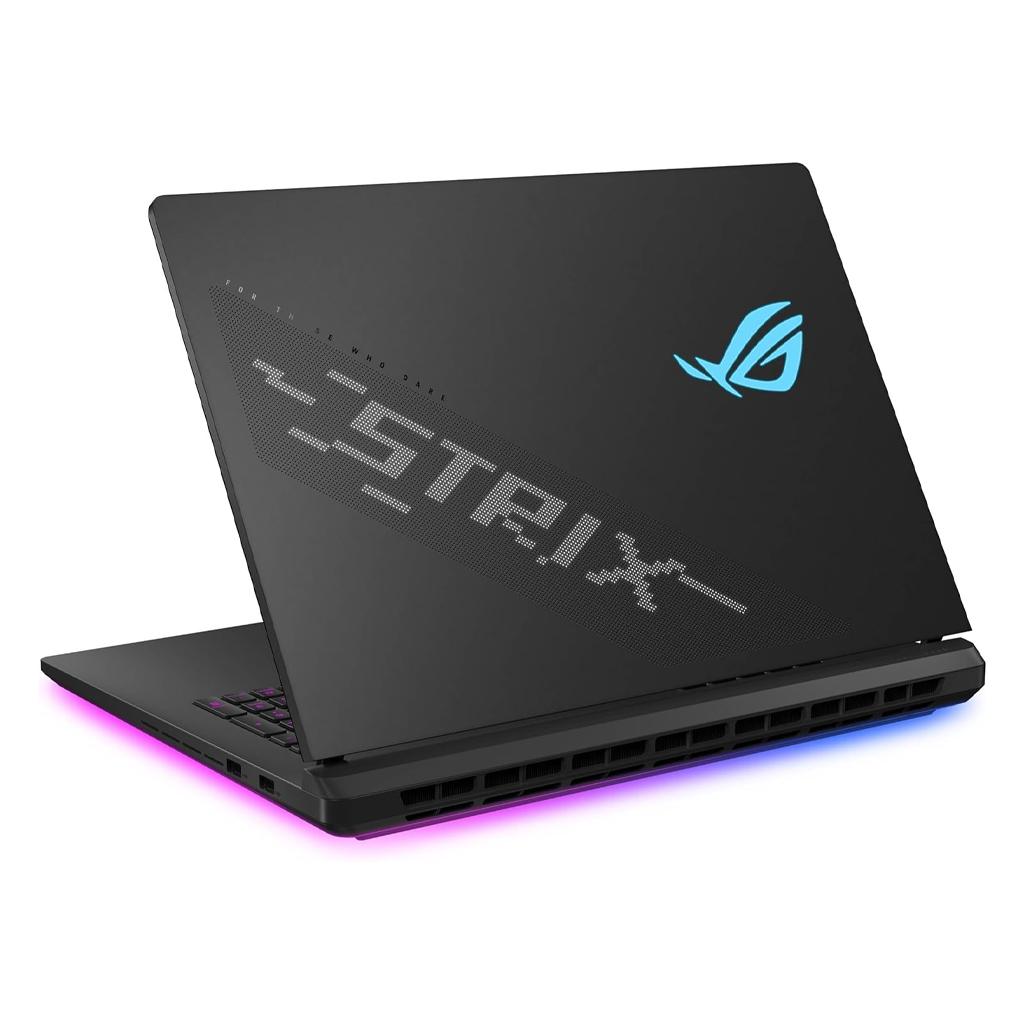
Although this gaming laptop might seem overkill, it's got a fantastically immersive screen and is great for any visual work.

The Dell Precision 5690 offers some of the best components you can get and marries this with a great OLED panel.
The best laptops for computer science students and programmers in 2025
Why you can trust TechRadar
Best laptop for computer science students overall


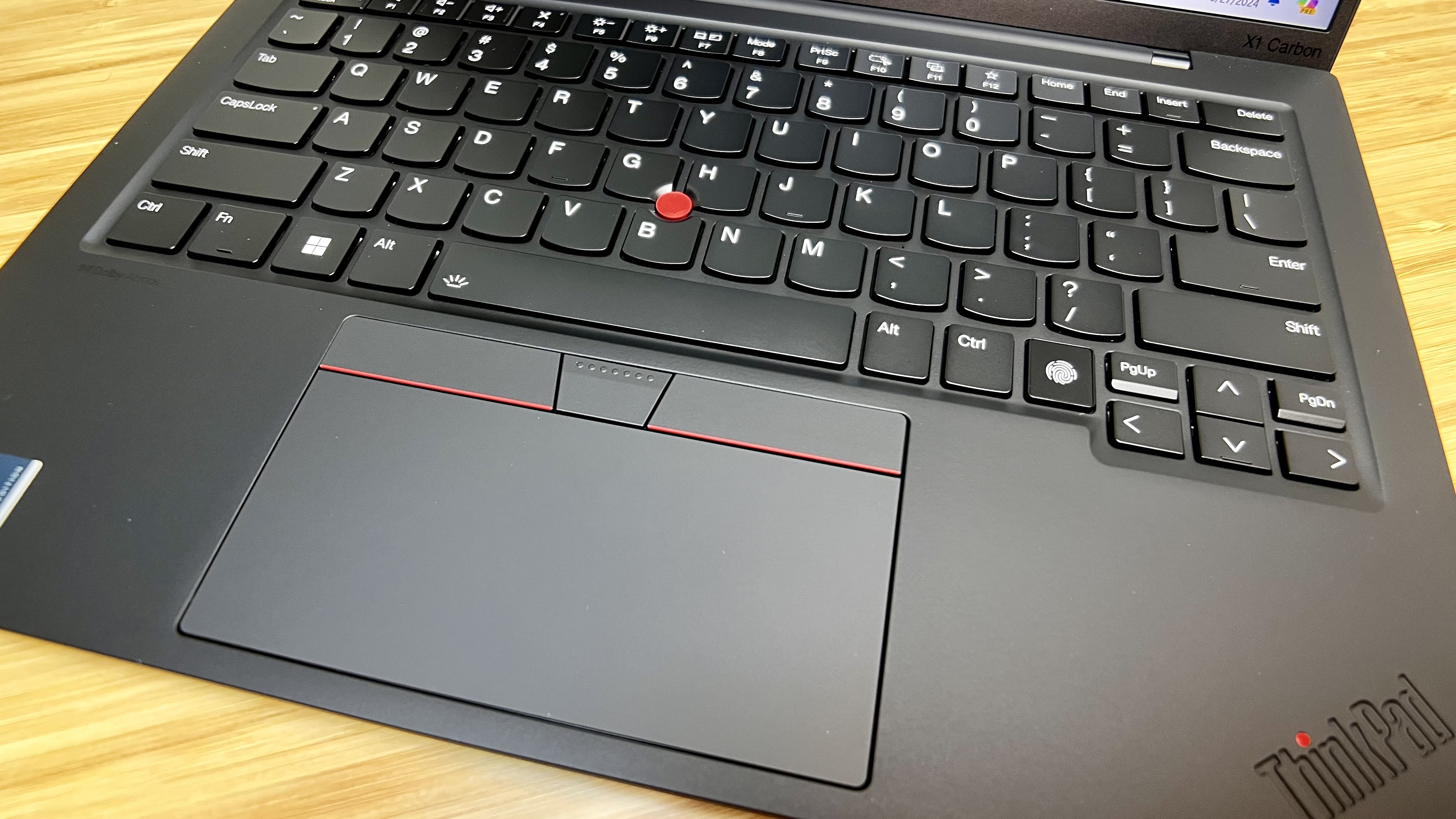
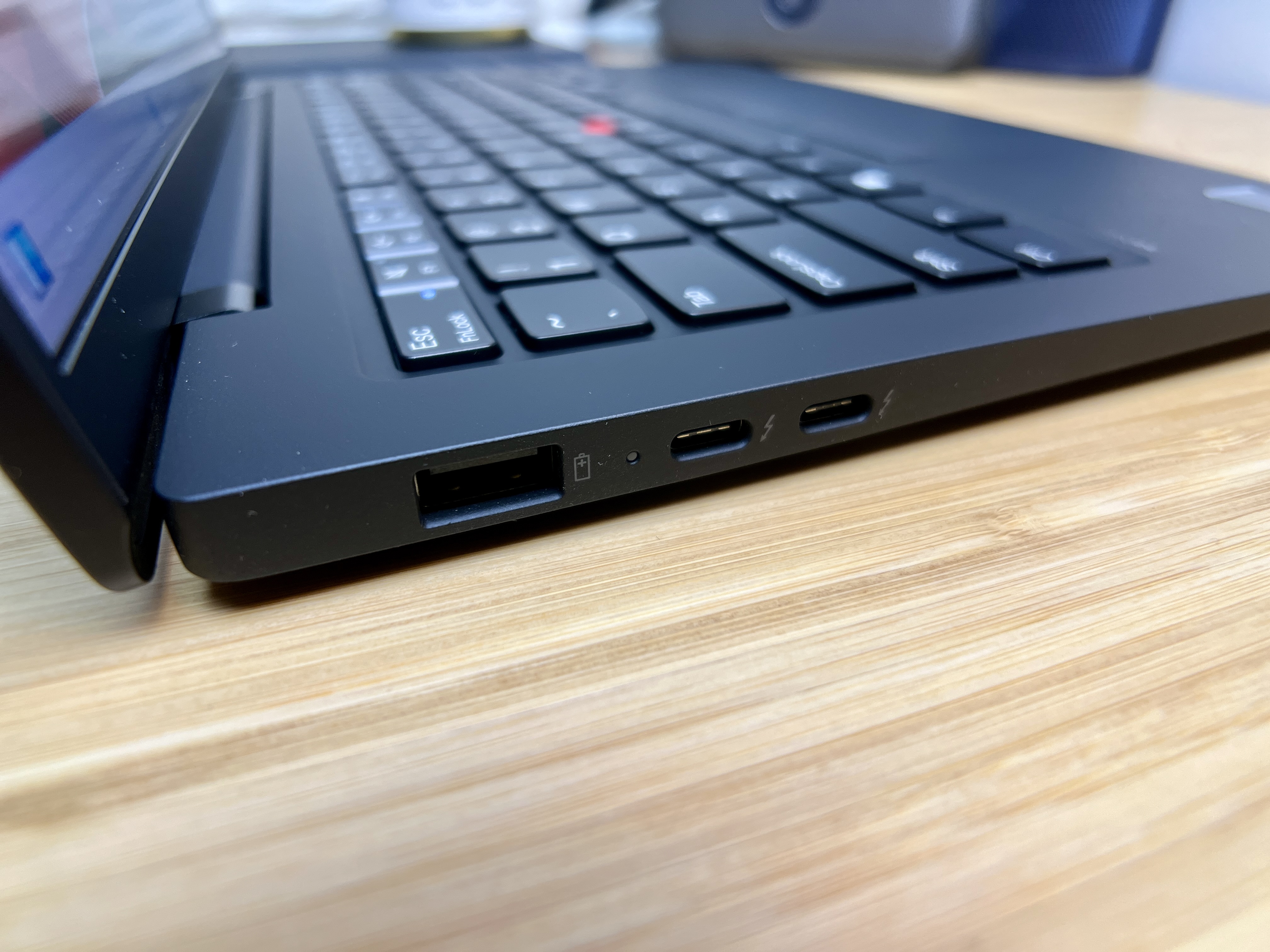

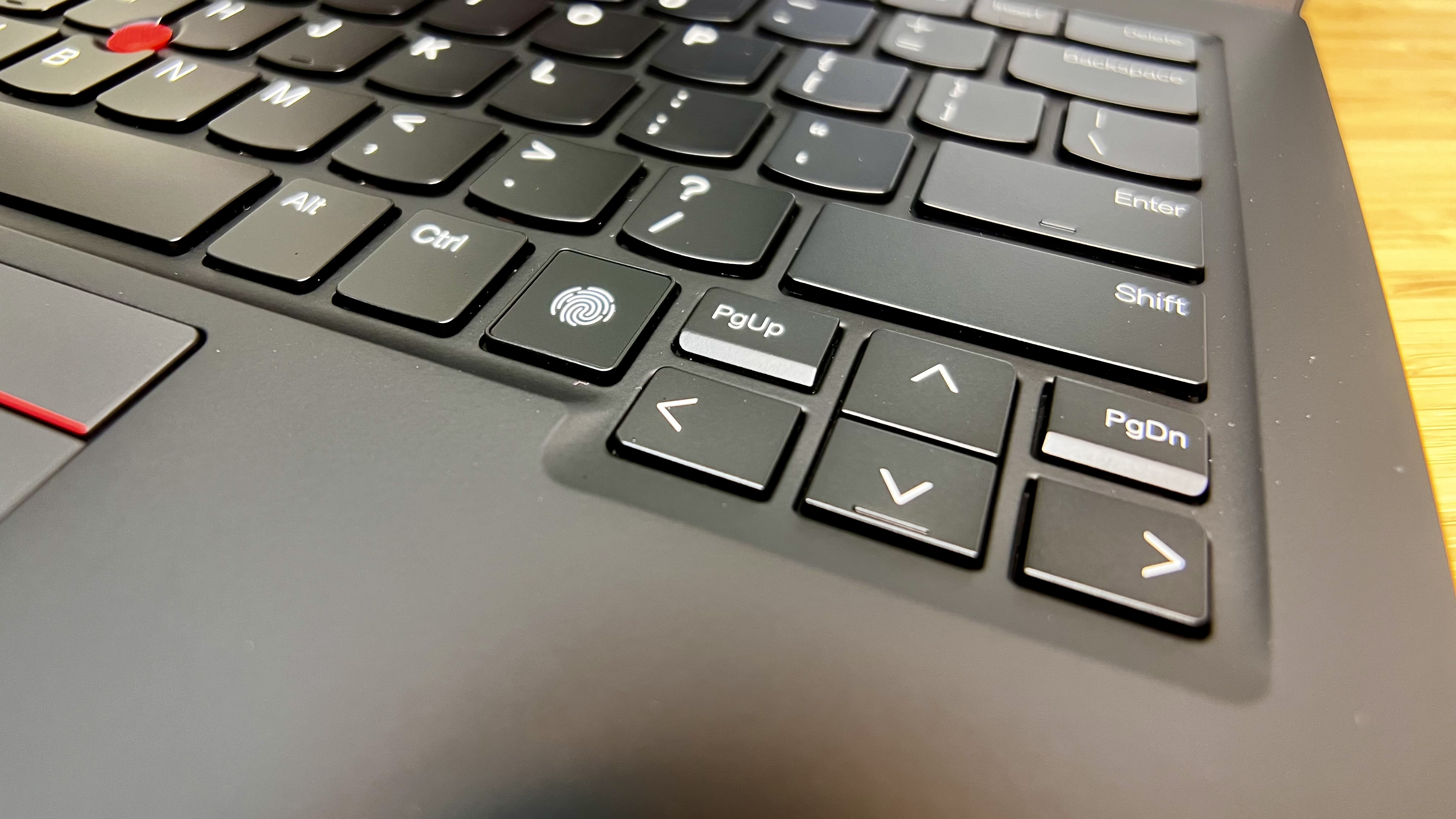

Specifications
Reasons to buy
Reasons to avoid
✅ You want an excellent typing experience: In my experience, ThinkPads offer the absolute best keyboards you can get on a laptop, and make for a very comfortable typing experience.
✅ You want premium build quality with a sharp display: Like almost all ThinkPads, this one boasts great build quality, and we love the sharp OLED display.
❌ You're on a budget: There’s no denying this looks, feels, and performs like a premium laptop - with a price-tag to match.
❌ You need a wide range of ports: One of the biggest downsides we found with the X1 Carbon is the limited port selection.
The Lenovo ThinkPad X1 Carbon Gen 12 is a beautiful machine, with a sleek, robust, and lightweight design. The carbon fiber chassis felt strong during our tests, and with the 14in IPS display that offers sharp visuals and surprising depth in dark scenes, we found it the ideal size and sturdiness for slinging in a backpack and carrying around campus without issue.
Performance is fantastic. With the laptop coming equipped with Intel Core Ultra processors and up to 32GB of RAM, it effortlessly handles multitasking and demanding workloads. There’s no discrete GPU here, which shouldn’t be an issue for computer science classes, but will limit you if you need to work on 3D modeling (or want to game on the laptop). We also found battery life was very good, lasting up to twelve hours for all-day studying.
Having said that, there are a couple of drawbacks. Notably, port selection is pretty basic - two USB-C, two USB-A, HDMI, and audio jack - but it’s more than enough for most people. And we also found the FHD webcam to be slightly underwhelming during review. But let’s face it, these are minor issues for an otherwise superb laptop that will readily tackle whatever you throw at it in computer science classes.
Read our full Lenovo ThinkPad X1 Carbon Gen 12 review
Best laptop for computer science students on a budget
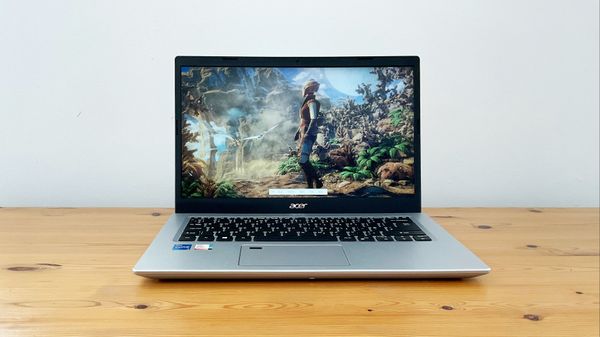
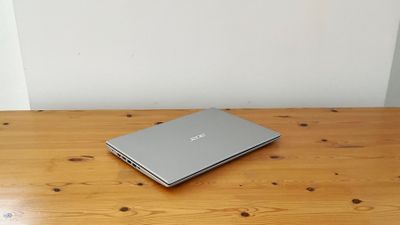
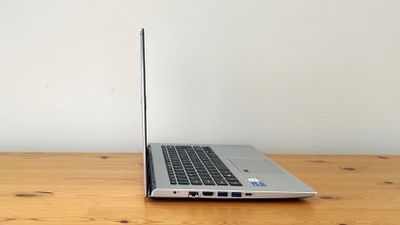
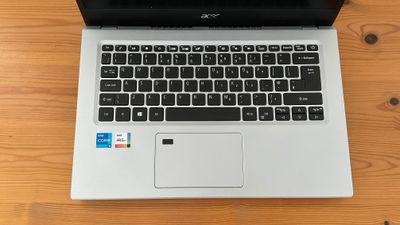
Specifications
Reasons to buy
Reasons to avoid
✅ You want a budget laptop that performs: Choose the right configuration, and you’ll find an impressive performer with this laptop without breaking the bank.
✅ You want good battery life: While it’s never going to hit the 21+ hours of a MacBook Pro, we were impressed with how long the battery lasts on this budget model.
❌ You have a larger budget: There are better options out there if your budget stretches to it - although a lot of them may be overkill for a compsci course.
❌ You need a Full HD webcam: If you’re taking a lot of online classes, you may prefer a webcam with a higher resolution - this one caps out at 720p.
Let’s get one thing out of the way: the Acer Aspire 5 has a ton of different configurations. Arguably, I’d say, too many, with up to 13th gen Intel chips, a whole range of screen sizes (14, 15.6, and 17.3in), RAM running between 4GB and 32GB, and a host of integrated and dedicated GPUs. But even at its max configuration, it still comes in at an affordable price.
Considering the cost, we were impressed with the overall performance this machine delivers. The basic config is ideal for web browsing and running office software, and with a few tweaks in the settings, you could even squeeze some light gaming out of it. That performance is only going to improve once you upgrade the specs - and given the number Acer offers here, I’d strongly recommend checking with your school or university to see what minimum specs they advise for your course.
We even liked the typing experience, with the keyboard featuring a 1.3mm key depth travel (only slightly shallower than the 1.5mm found on modern ThinkPads). Great, then, for reports and essay writing, as well as coursework.
While you can see where corners have been cut to keep costs down. The webcam, for instance, is only 720p, and the battery lasted just 6.5 hours during general usage in our review. But it’s a relatively lightweight and robust laptop that goes beyond what you might expect for the price.
Read our full Acer Aspire 5 review
Best Dell laptop for computer science students
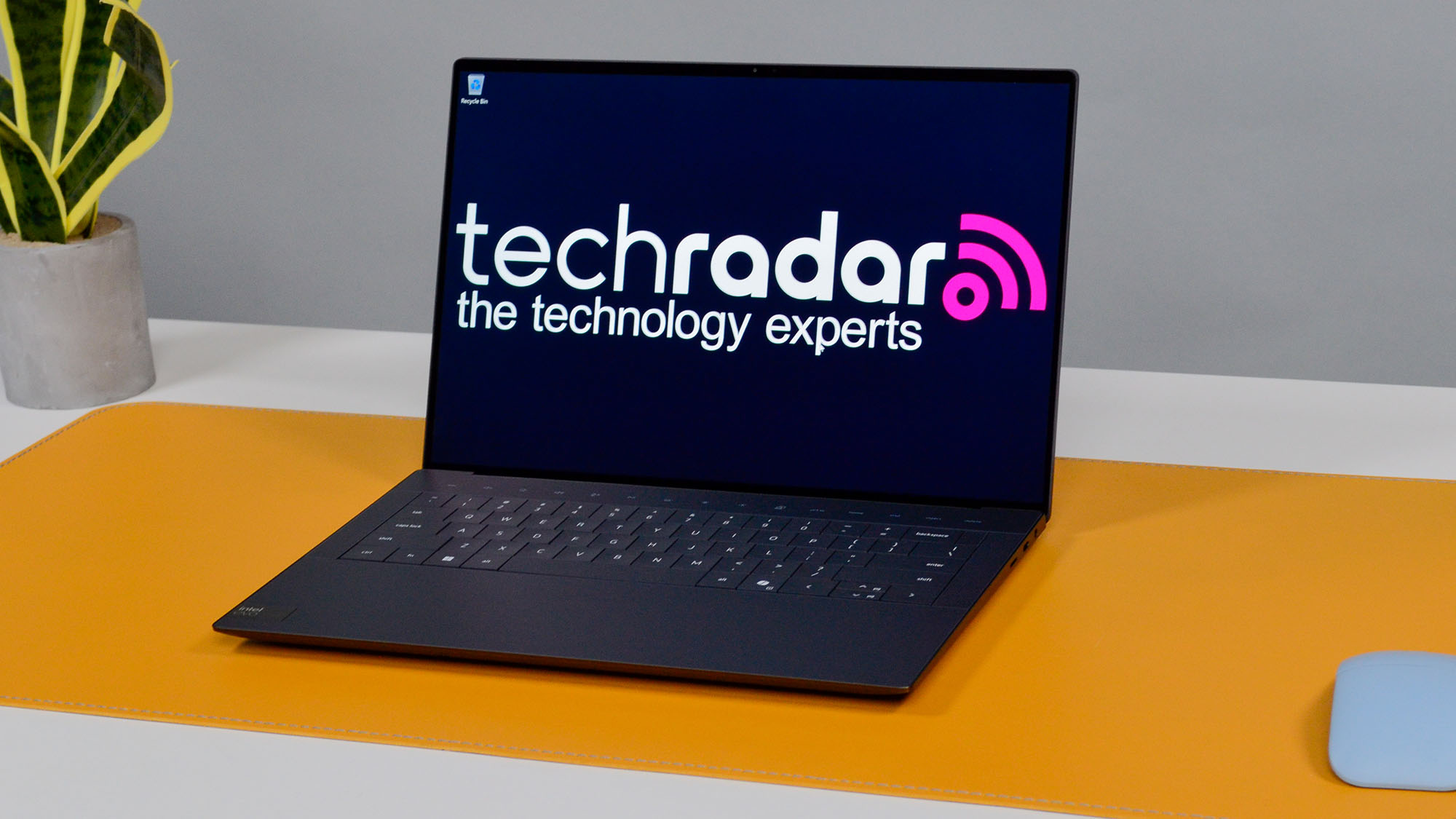
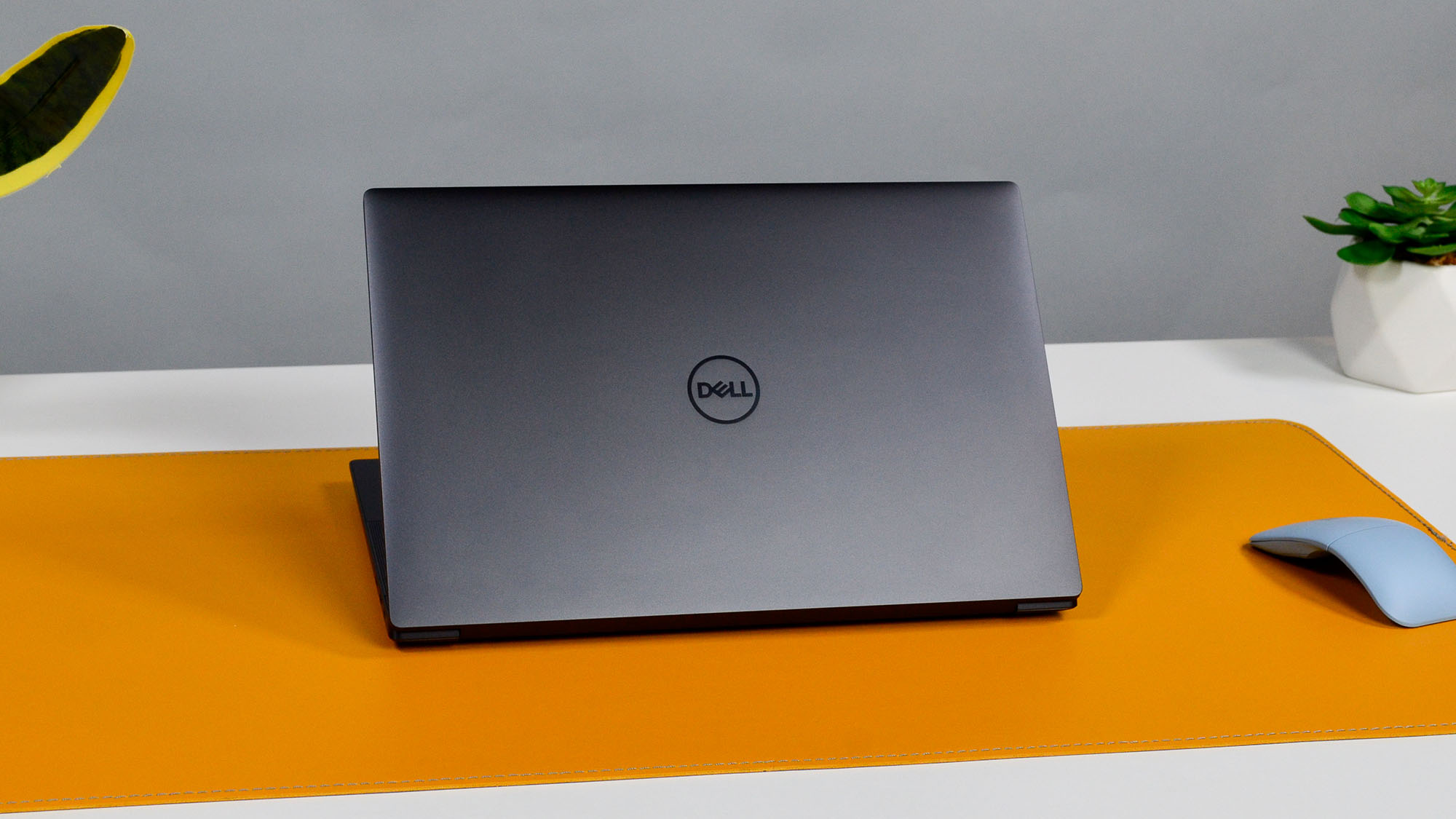
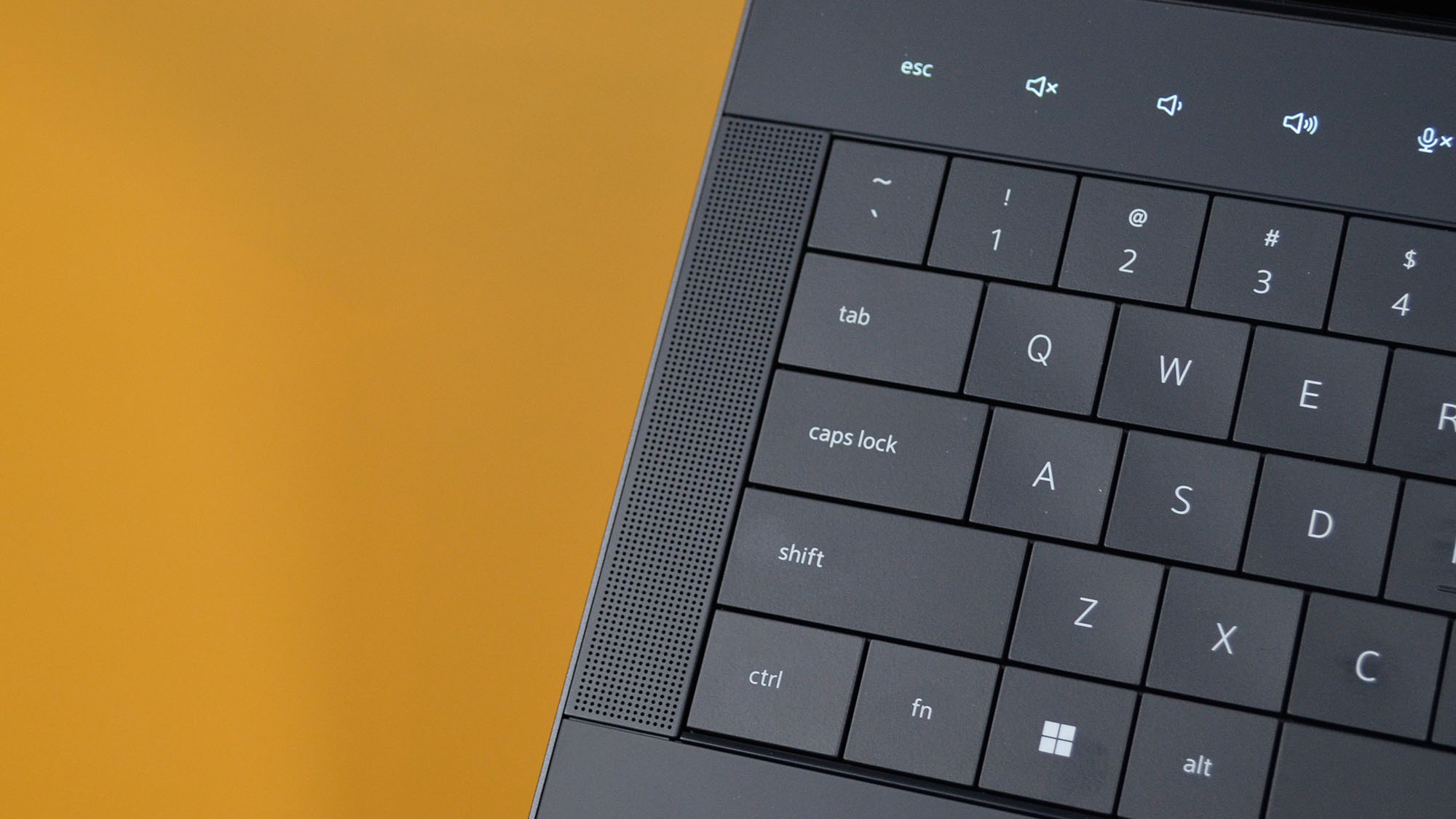
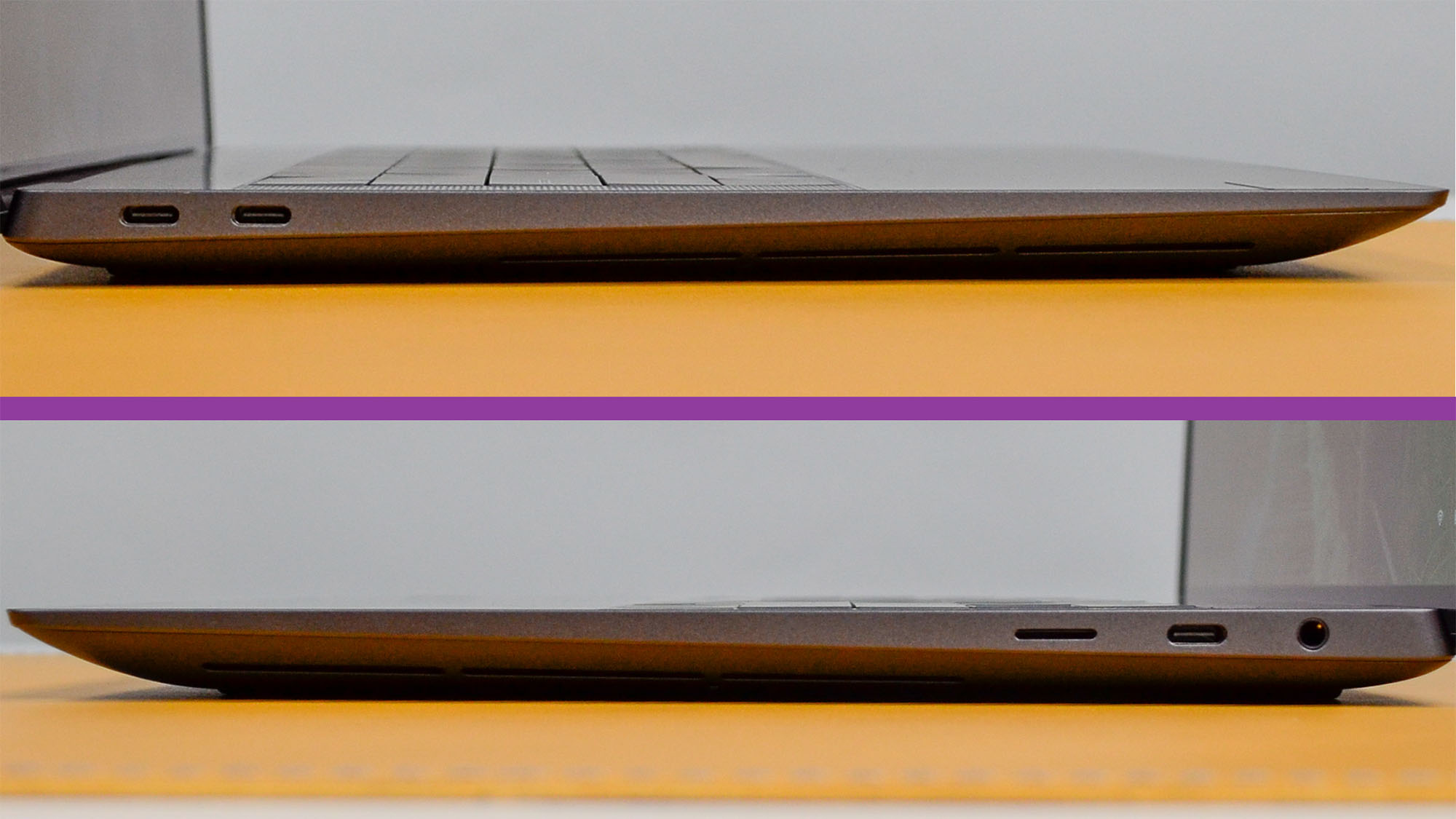
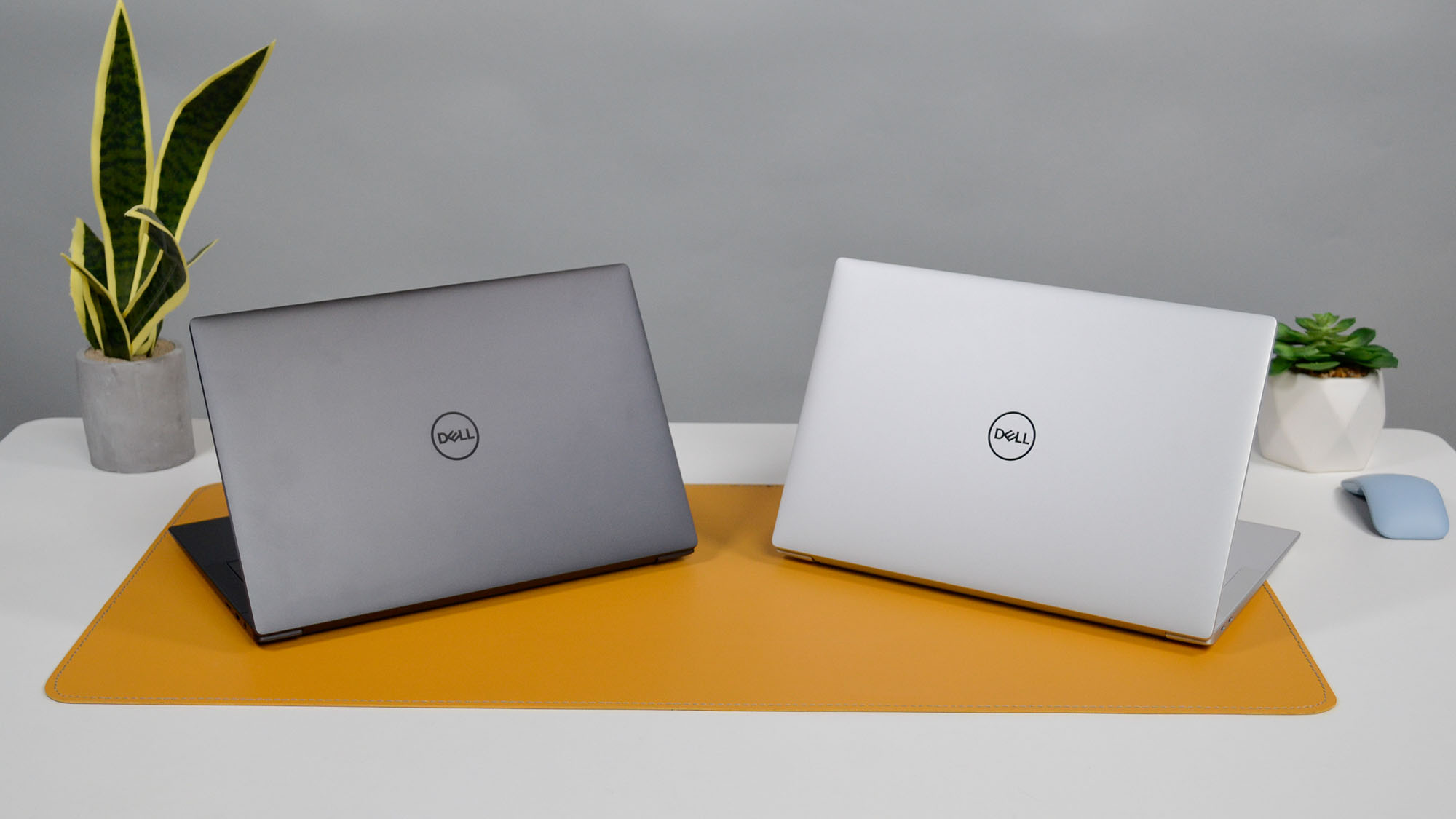
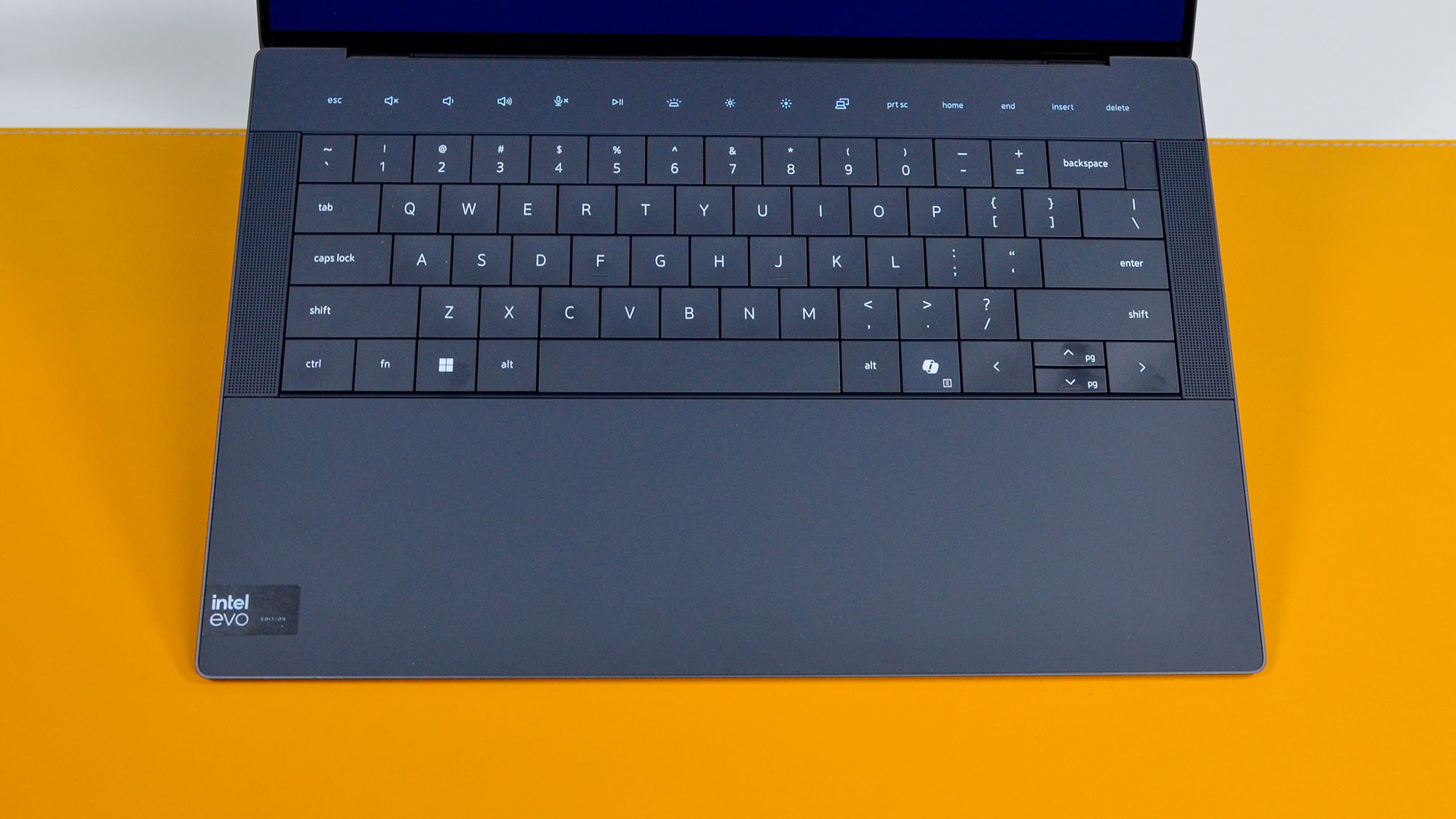
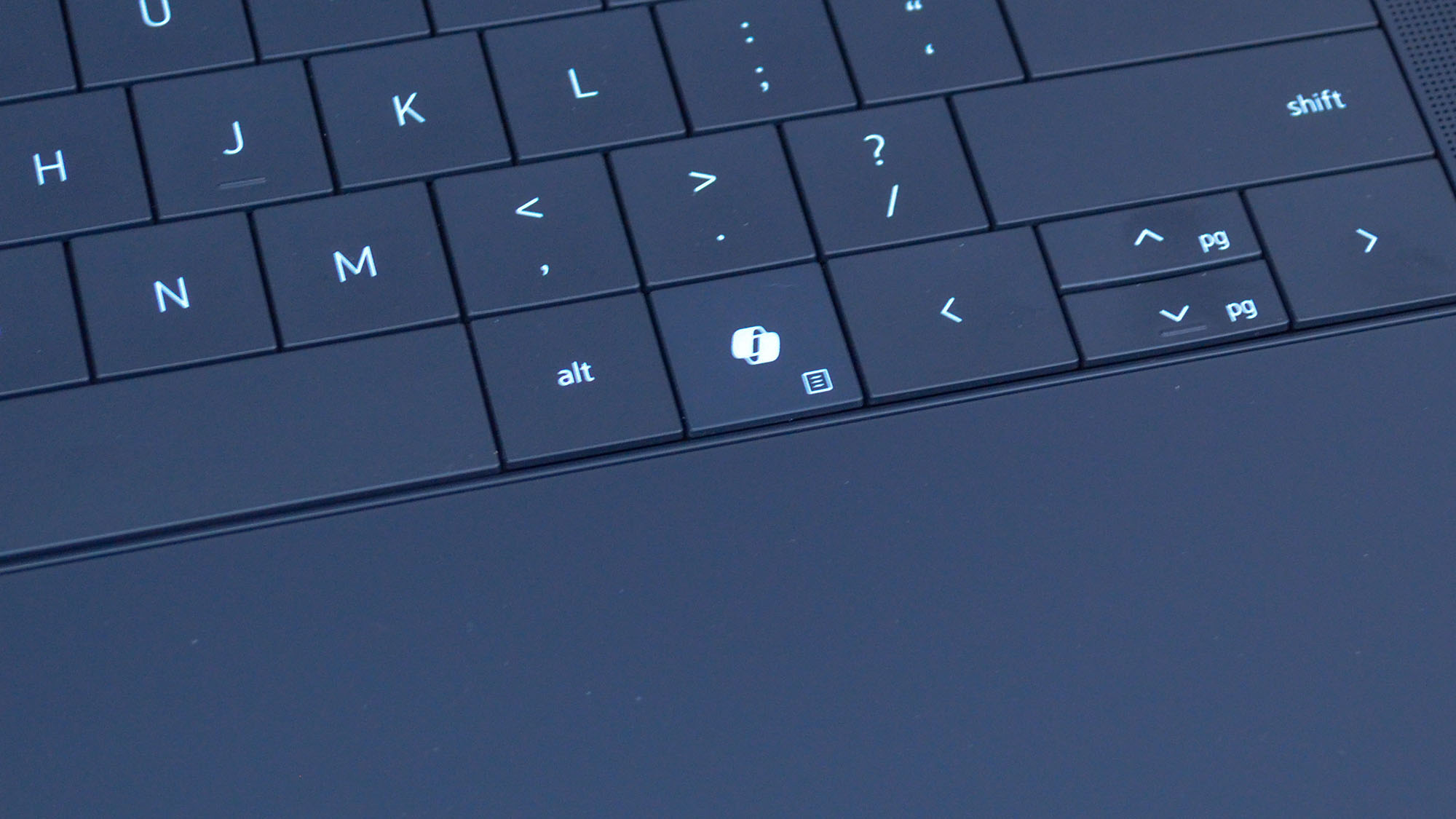
Specifications
Reasons to buy
Reasons to avoid
✅ You want a portable high-performer: We were seriously impressed with how well the XPS 14 performed during our tests - it’s a great all-rounder.
✅ You want a MacBook alternative: In our tests, we found this Windows machine capably held its own against the MacBook Pro 14-inch.
❌ You want a larger screen: I’ve picked the 14in model as the best for compsci students, but the XPS line-up also includes 15in and 17in versions if you’d prefer a bigger display.
❌ You’re on a budget: I’d say this laptop is at the top end of the mid-range, but with better configurations, it can get a lot more expensive and fast.
For computer science students, any of the Dell XPS laptops will deliver the sort of performance you might need. I’ve selected the Dell XPS 14 because it’s the most portable of the bunch without compromising on performance, but the XPS 15 and XPS 17 are also good picks - with the 17in model even featuring a 4K display.
Dell has currently rebranded the XPS to the distinctly less catchy Dell Premium line-up, but these are fundamentally the same machines. The 14in model comes in a range of configurations, so you can increase memory and storage, improve screen resolution, or add a dedicated GPU if you’d prefer. Most importantly, all of them boast an Intel Core Ultra 7 155H processor that in our own tests delivered all-round great performance.
Saying that, it’s hard to miss just how expensive this laptop can get once you start upgrading to the better configurations - a cheap laptop, this is not. So, it’s really about balancing the needs of your course and your budget. But even the basic model will perform well for class. Battery life is fair for all-day use, clocking in at around seven hours under heavier workloads. However, in the main, this is easily one of the best Windows machines around.
Read our full Dell XPS 14 review
Best MacBook for computer science students
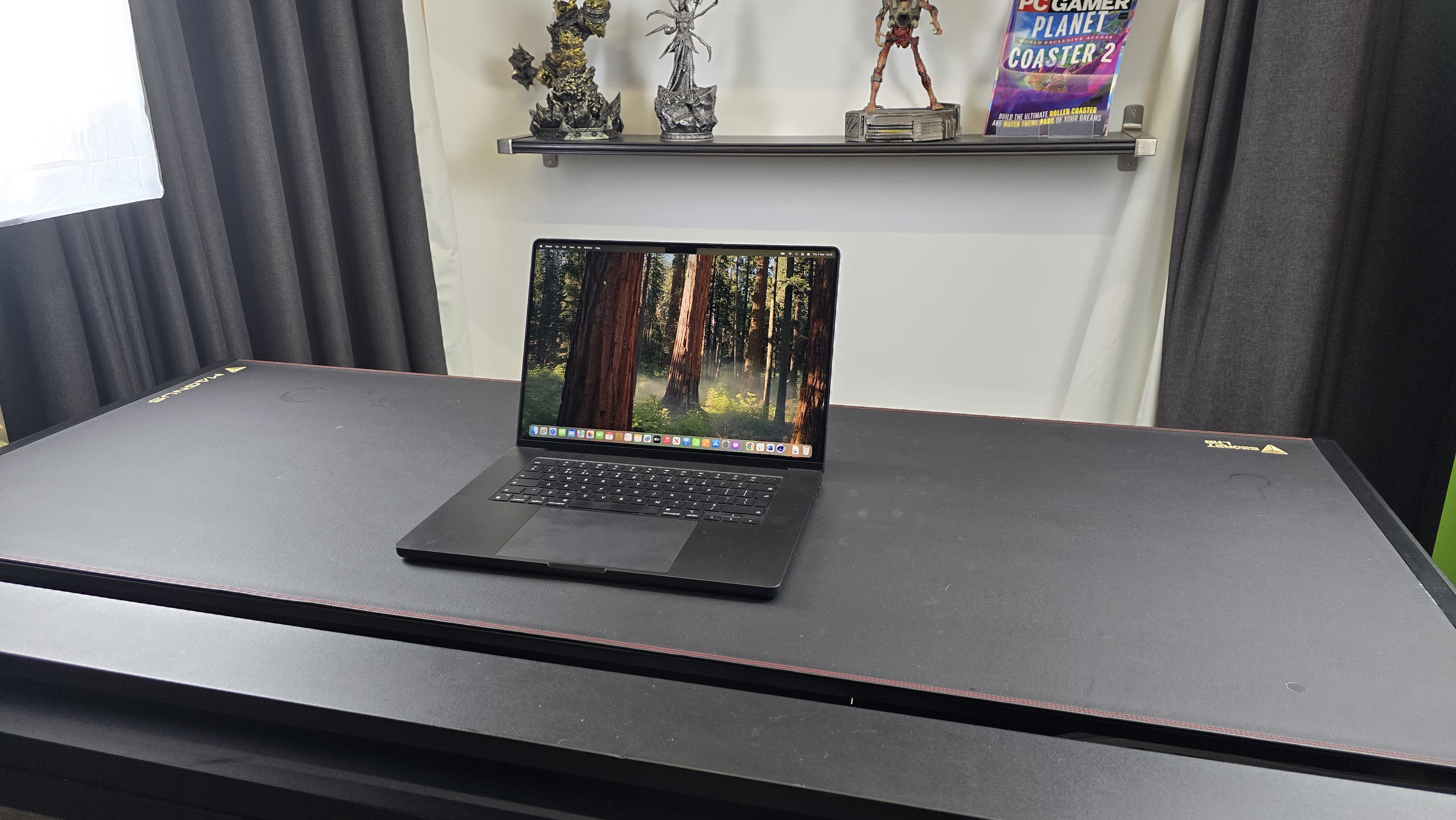

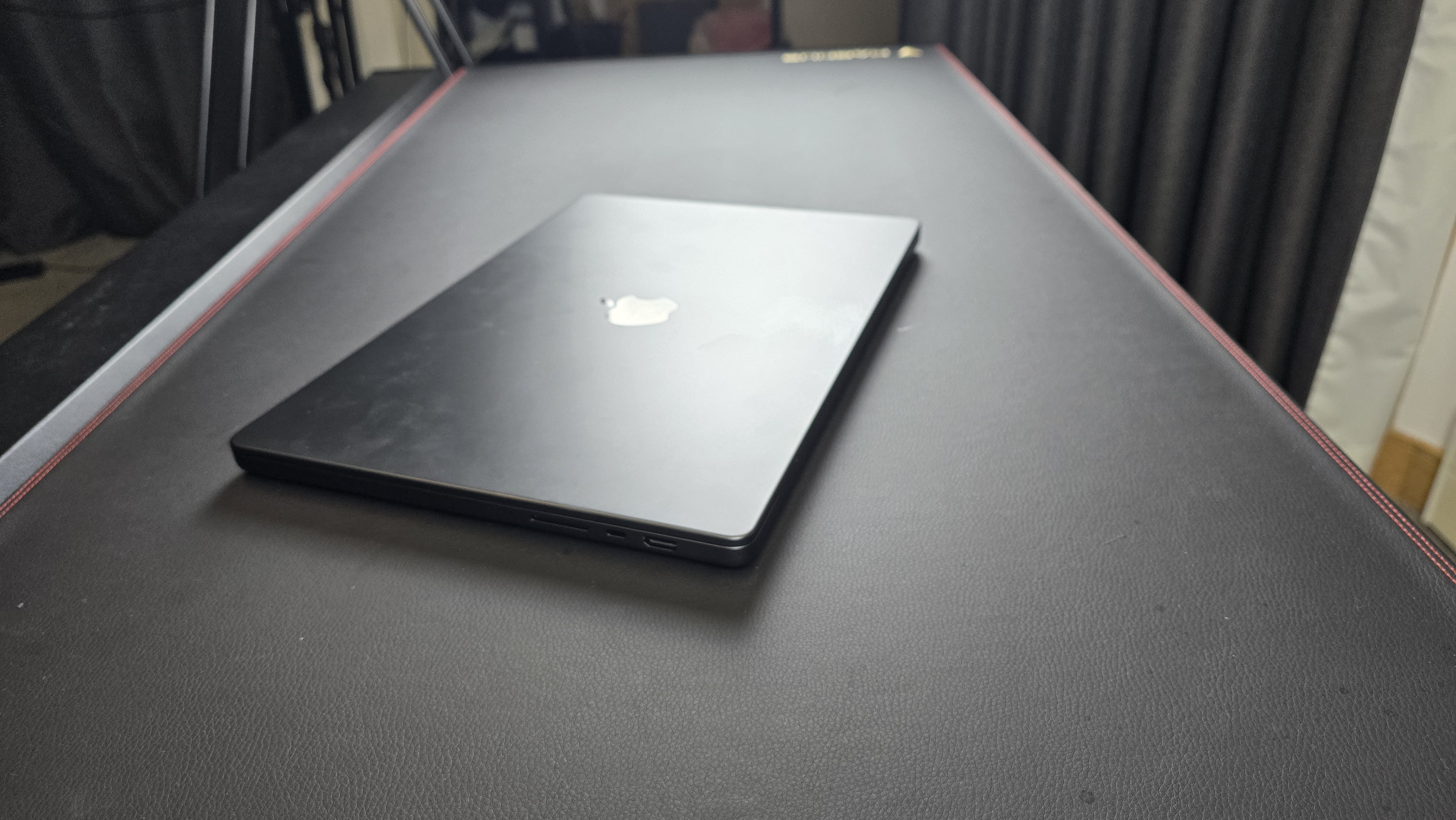
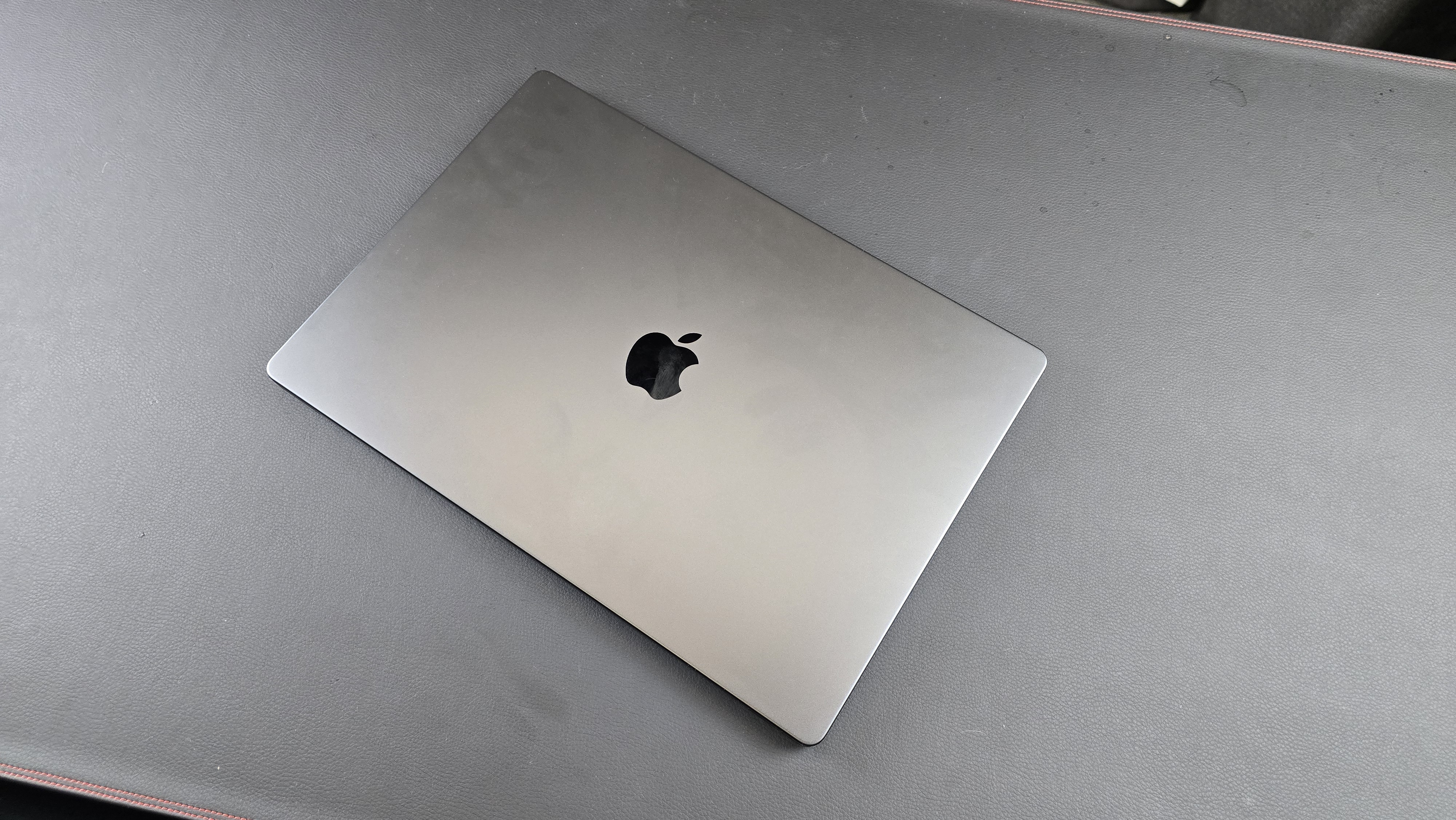
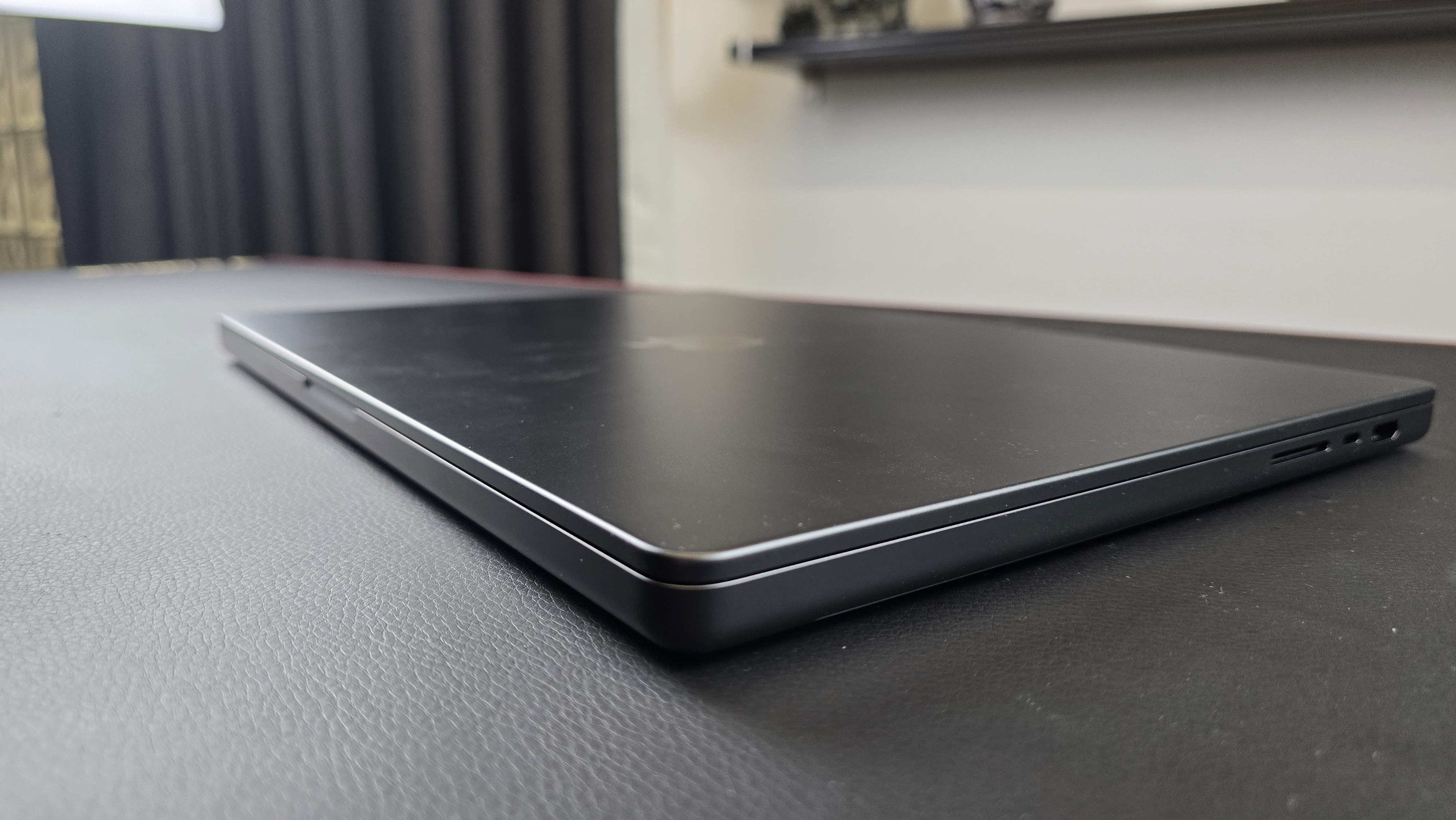
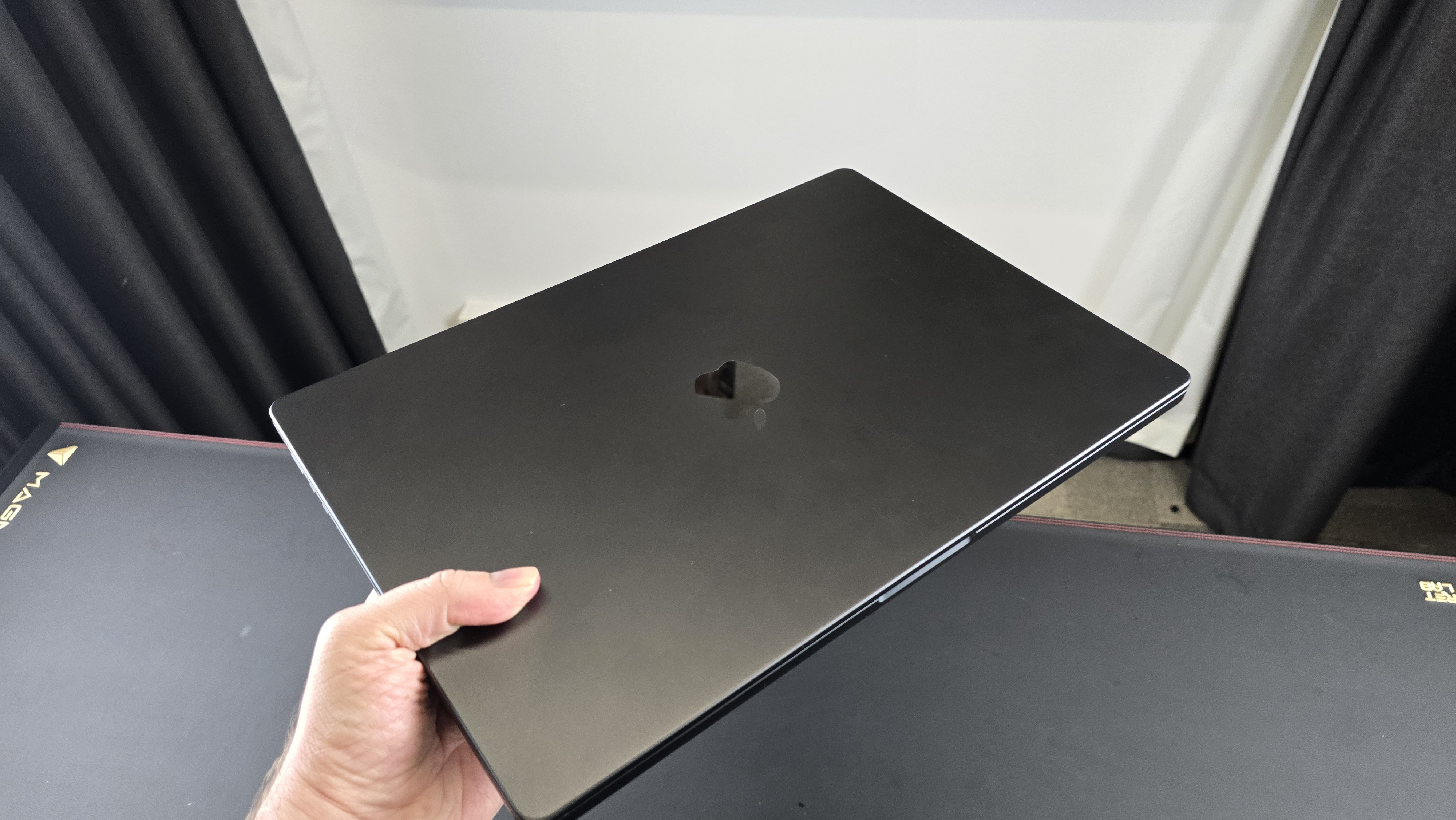

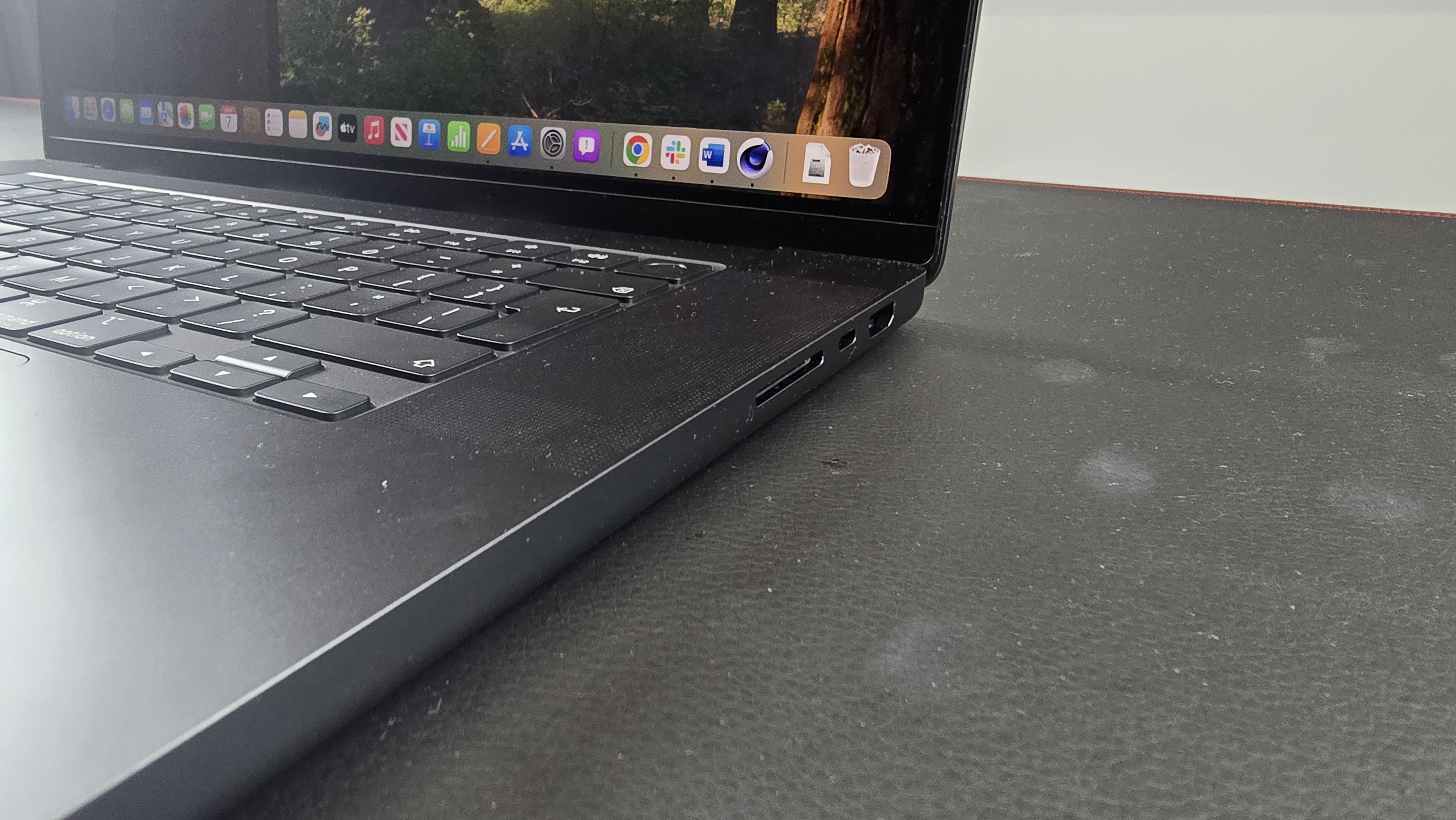
Specifications
Reasons to buy
Reasons to avoid
✅ You want world-class performance: Armed with the M4 Pro processor, the MacBook Pro proved a top performer for everything from running productivity software to computer-aided design and pro-grade video editing.
✅ You want a beautiful display for all-day use: The MacBook Pro has easily the best display on any laptop, with a vibrant Liquid Retina Display that’s easy on the eyes.
❌ You’re on a budget: MacBooks have never been cheap, and while performance and design are exceptional, it costs a fair whack for a package like this. For cheaper alternatives, I’d look at a model with the M2 or M3 Pro.
❌ Your class uses Windows software: A lot of courses mandate Windows laptops, and while you can dual-boot macOS, making it great for coding, I’d recommend checking with your school or university before committing to macOS.
Equipped with the latest M4 Pro processor, the Apple MacBook Pro 16-inch is an incredible machine that delivers exceptional performance pretty much across the board. Capable of handling 3D design and 4K video editing, it’ll have no problems tackling coursework in a compsci course. Better still, for coding, you can dual-boot macOS machines to run Windows, which is a nice bonus you won’t get from Win-only laptops.
Beautifully designed, with a stunning 16in Liquid Retina Display, it’s easy on the eyes, while showing off vibrancy and true-life colors. When we ran our benchmark tests, we saw best-in-class performance across real-world and synthetic tests. It’s designed, of course, to take on heavy workloads, and it does it incredibly well.
What really impresses me is the battery life on these machines - we got over 21 hours on a single charge here, which makes it perfect for taking around campus without worrying about plugging it into the mains.
Still, if you already have an M3 Pro MacBook (or even an M2), then there’s no real reason to upgrade. Improvements are evident, but hardly earth-shattering, and given minimum specs for computer science courses are relatively low, even the older models will run fine. You’ll even save a few pennies by doing so, too. But there’s no denying the M4 Pro-powered model is an outstanding choice for just about any task.
Read our full Apple MacBook Pro 16in (M4 Pro) review
Best laptop for computer science students for gaming
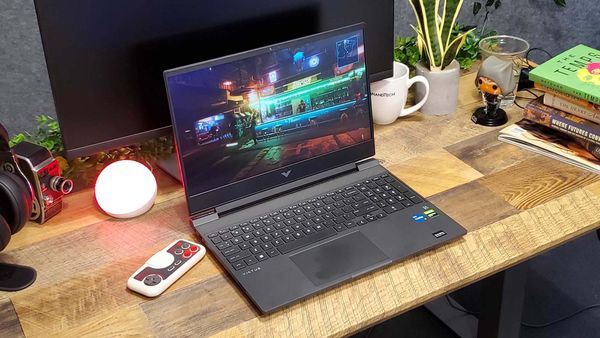
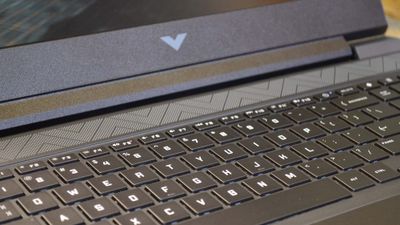
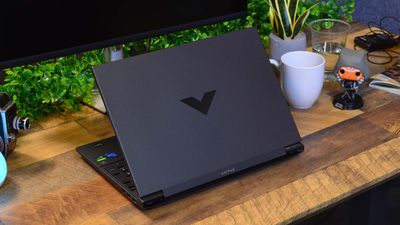

Specifications
Reasons to buy
Reasons to avoid
✅ You want a budget laptop for gaming and coursework: Considering the price, this laptop offers great performance for work and play.
✅ You want a cheap laptop with a discrete GPU: While a dedicated GPU isn’t strictly necessary for computer science students, it does give it a bit of extra power in the graphics department.
❌ You need all-day battery life: One of the drawbacks we found with the Victus 15 is the battery, which lasted around 4.5 hours before it needed a recharge.
❌ You prefer a stylish laptop: It looks and feels like your basic laptop - there’s none of the stylish design cues here that you’ll find on the likes of the ThinkPad or MacBook.
If you’re seriously into gaming, I’d suggest a laptop like the Razer Blade 16 or the Asus ROG Strix Scar, but the HP Victus 15 is a nicely built and designed mid-range model that won’t break the bank - and has all the specs you’ll need for a computer science course.
The machine can be configured with up to an AMD Ryzen 7 5800H processor, and up to Nvidia GeForce GTX 3050 Ti or AMD Radeon 6500M GPU. Memory goes up to 16GB, while storage reaches up to 1TB. And the 15.6in caps out at 1080p, but it’s bright and clear. Basic, yes, but good for the price, and more than capable of tackling your coursework.
In our own tests, it performed well - obviously not as good as higher priced gaming machines, but respectable. It’s also nice to see the dual-fans and large air vent, which helps keep the laptop cool during heavier workloads or gaming sessions.
Overall, for the price, there’s not much to dislike about this laptop beyond the weak battery life (in our tests, it lasted around 4.5 hours before we needed to recharge it) and the uninspired design, and that’s hardly a deal-breaker in itself.
Read our full HP Victus 15 review
Best 2-in-1 laptop for computer science students


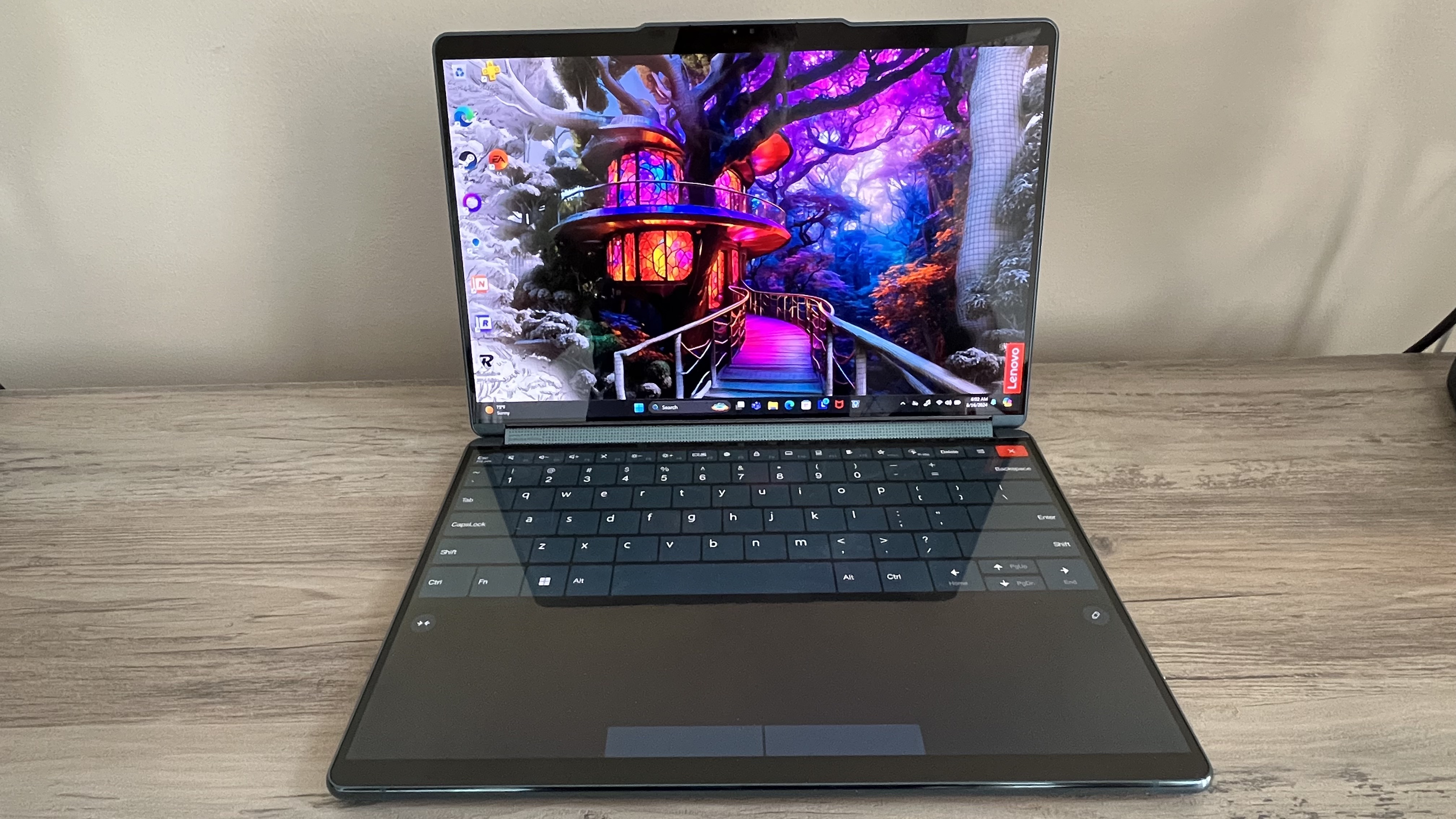
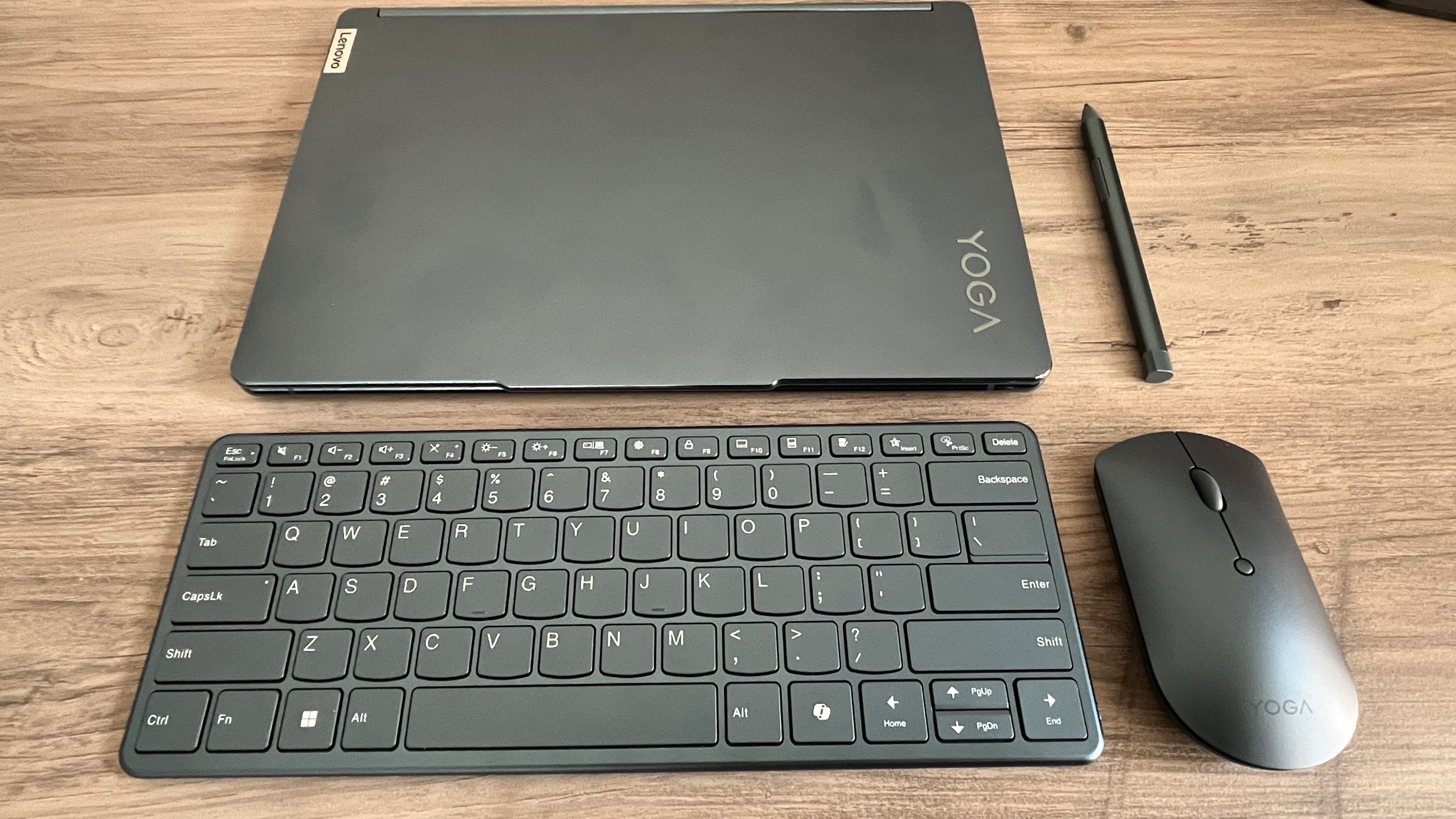
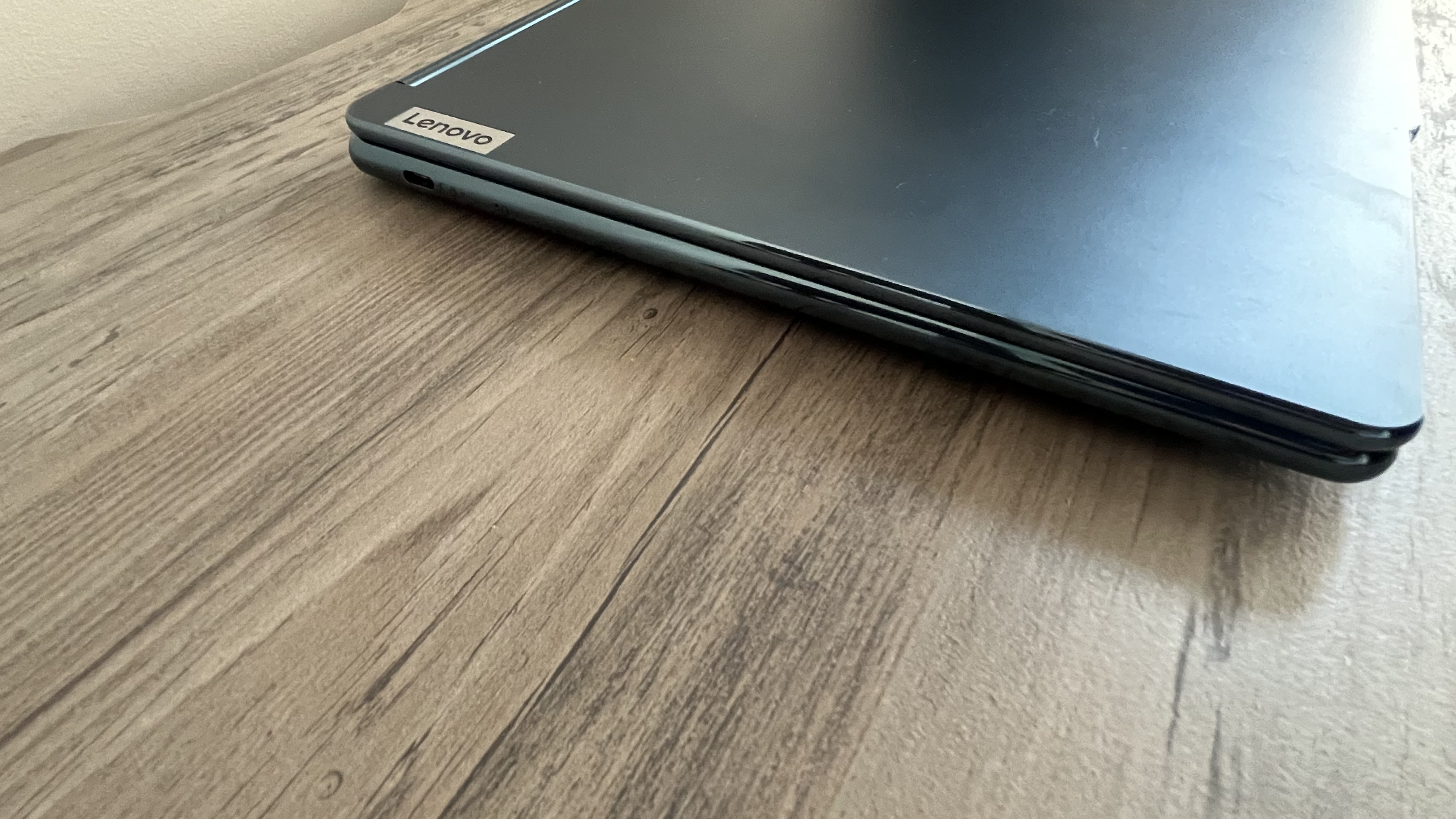
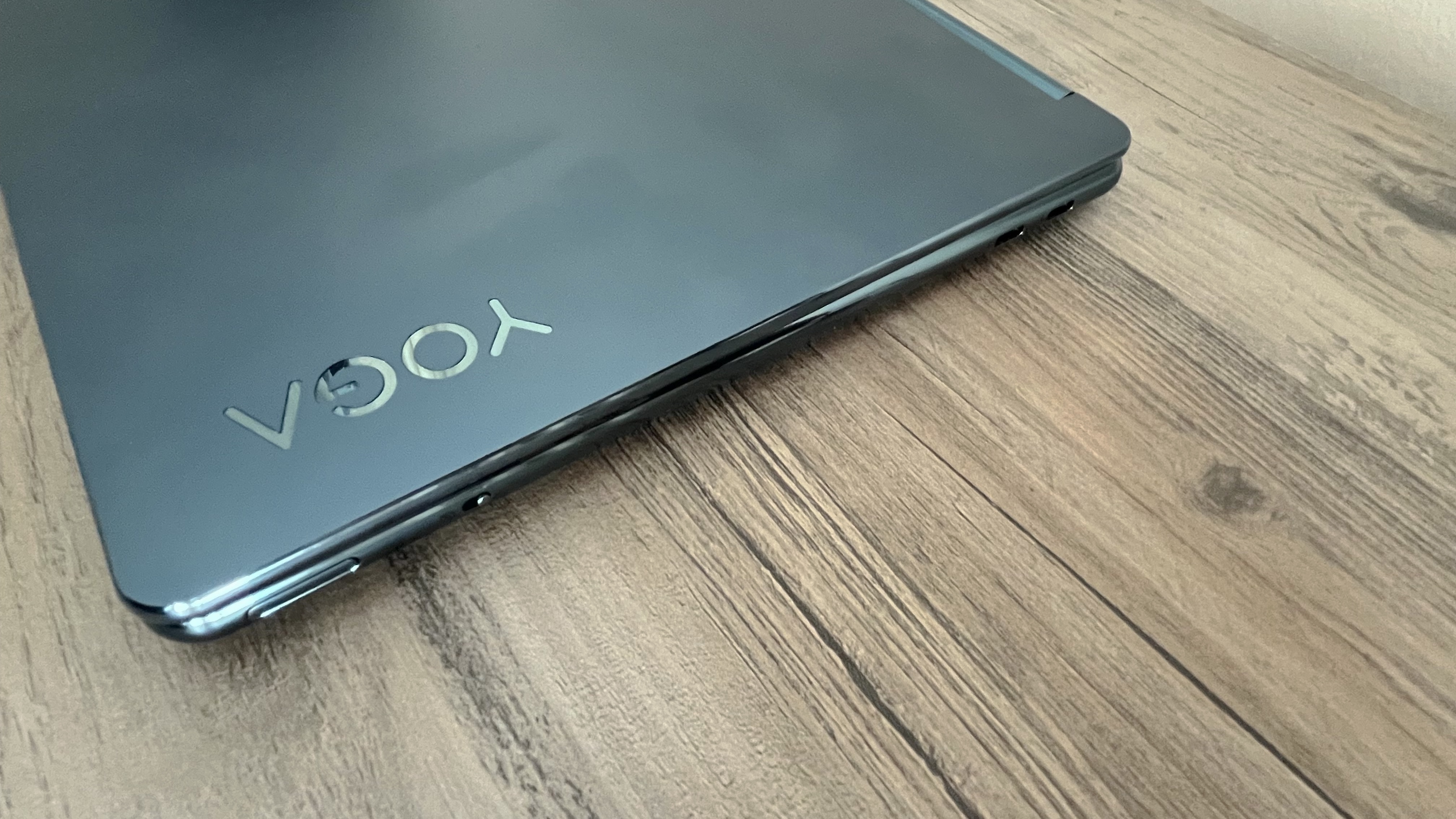
Specifications
Reasons to buy
Reasons to avoid
✅ You want a two-in-one display: The real benefit of the Yoga 9i is the dual-screen, giving you some serious flexibility in class, especially if you’re using multiple apps at once.
✅ You want a crisp OLED display: Building on that dual-screen nature are those glorious OLED displays that are vibrant, crisp, and frankly gorgeous.
❌ You want the true ThinkPad keyboard: While the keyboard is good for essay-writing, it’s not quite on par with the one found on the X-series, T-series, and P-series laptops.
❌ You need plenty of ports: The big letdown for us with this laptop is the lack of outlets, which are limited to three Thunderbolt ports. There’s not even an audio jack here.
There’s something rather stunning about the Lenovo Yoga Book 9i, with its dual 13in OLED touchscreens and the ability to seamlessly switch between laptop and tablet modes. Even when closed, we loved that robust, metallic chassis, which neatly covers not just the laptop, but also the Bluetooth keyboard, mouse, and stylus that come with it. All the accessories you need are included right out of the box.
Versatility is the key here. You can effectively use the laptop however you like. Tablet mode disengages one of the screens, flip the displays into a tent style, which is good for collaboration, or prop the two screens on the keyboard cover that can be used as a stand, and use it as a laptop in either landscape (side-by-side) or portrait (one on top of the other) orientation. Even during review, we could see how if you’re programming, being able to see two windows side by side is going to be ideal.
Armed with Intel Core Ultra 7 155U and either 16 or 32GB RAM depending on configuration, performance is excellent for day-to-day tasks. However, with its integrated GPU, we noted that it’s going to struggle for heavier workloads (it struggled to run even older gaming titles, for instance). Still, that’s not what this laptop is designed to do, and we’re ok with that. We measured battery life when using both screens at around 6.5 hours, which is acceptable.
Where this laptop does fall down is the virtual keyboard - it’s our only real gripe with this machine, as naturally it doesn’t offer any tactile feedback. On the other hand, the Bluetooth keyboard is a delight to use, as are the other accessories here. Overall, then, an impressive laptop for those that want real flexibility.
Read our full Lenovo Yoga Book 9i review
Best 17-inch laptop for computer science students
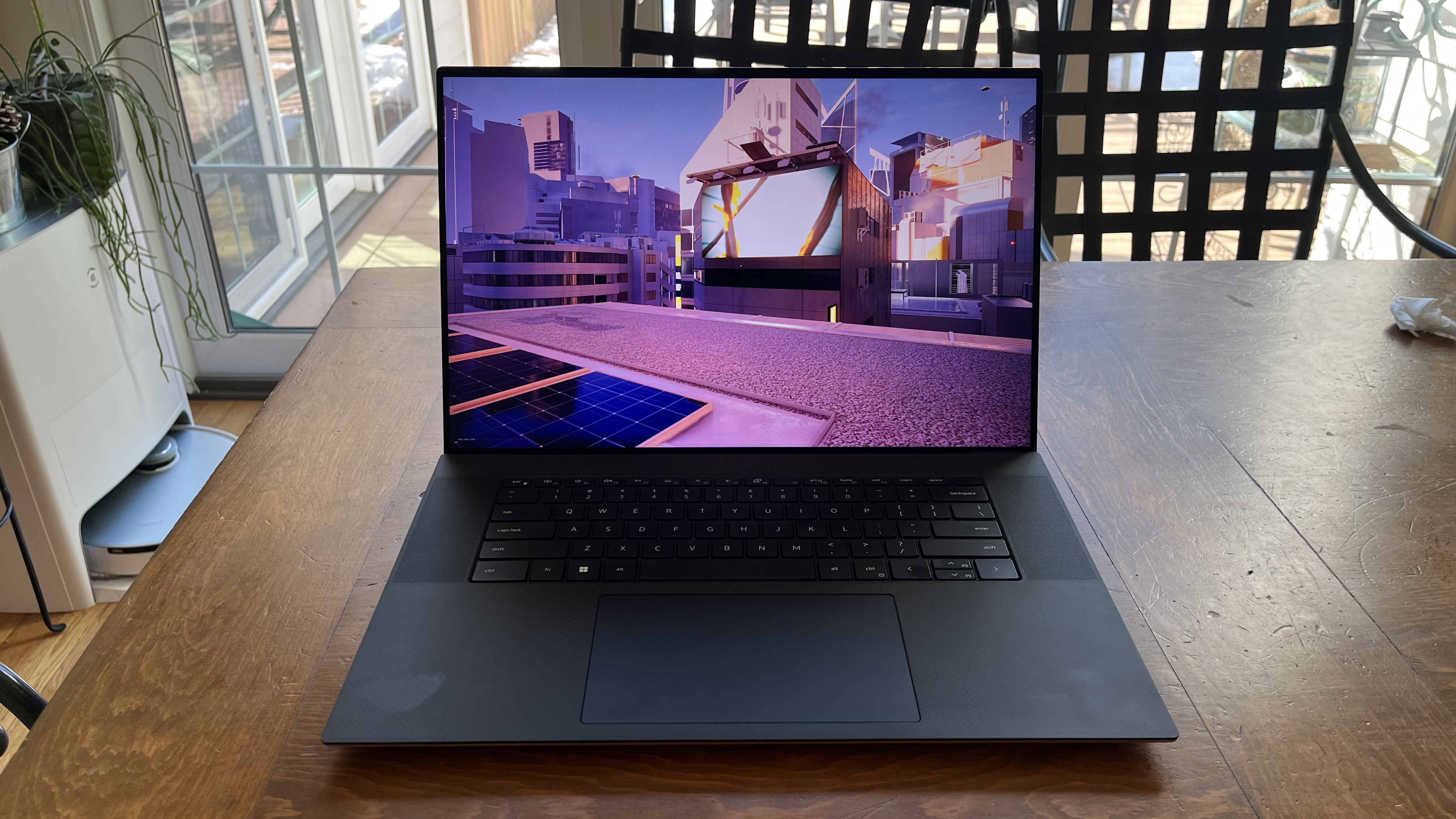
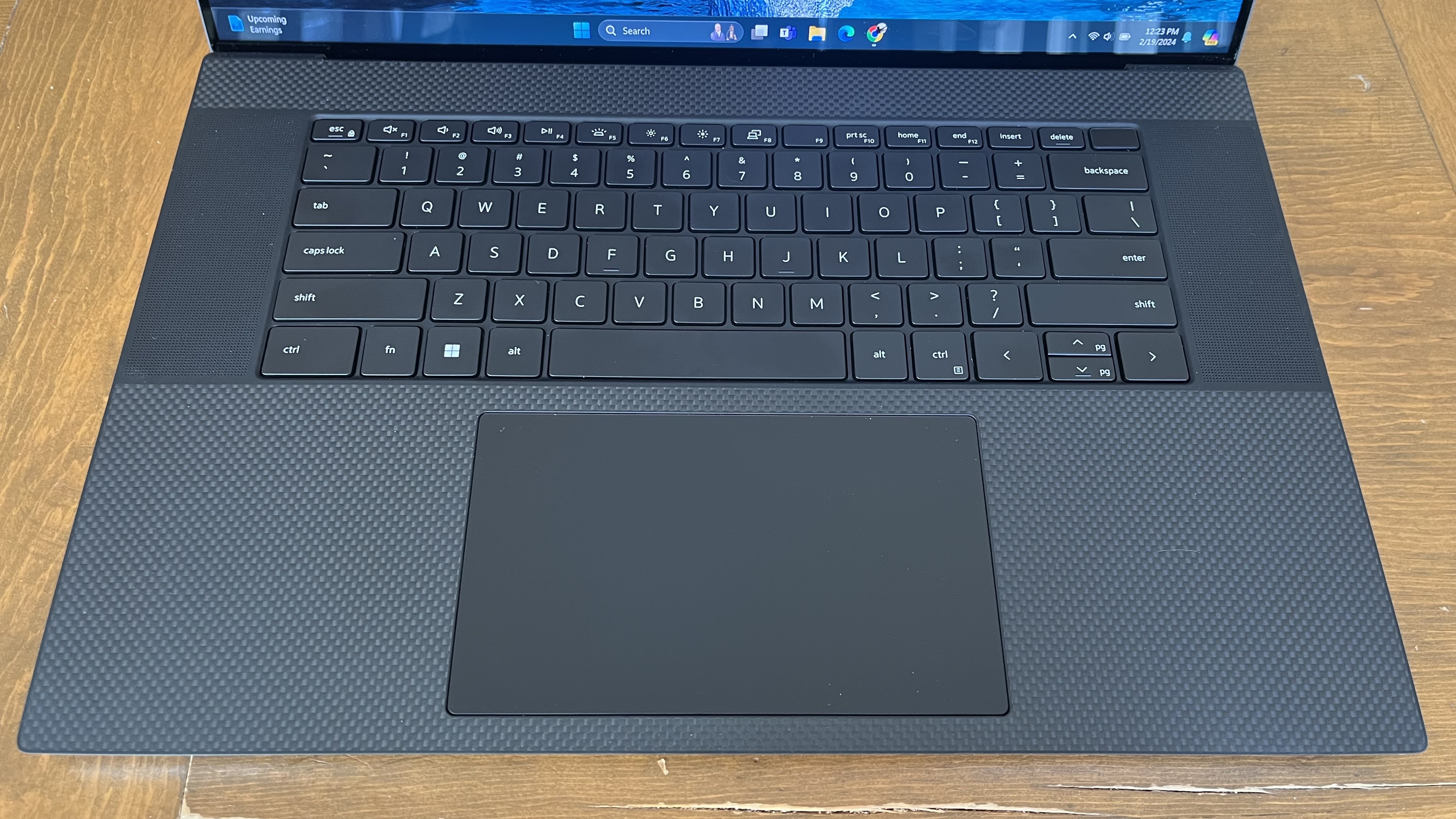

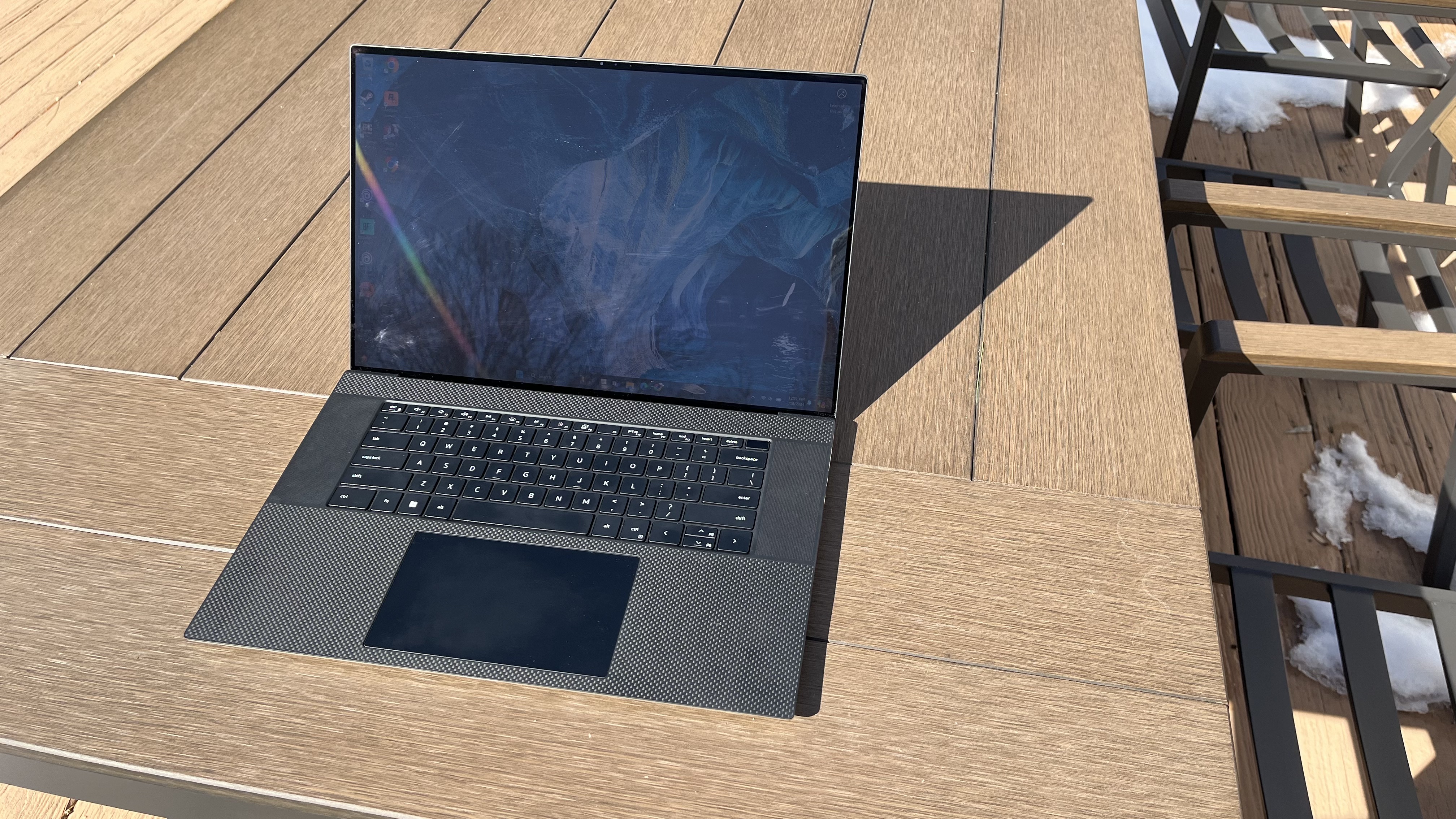
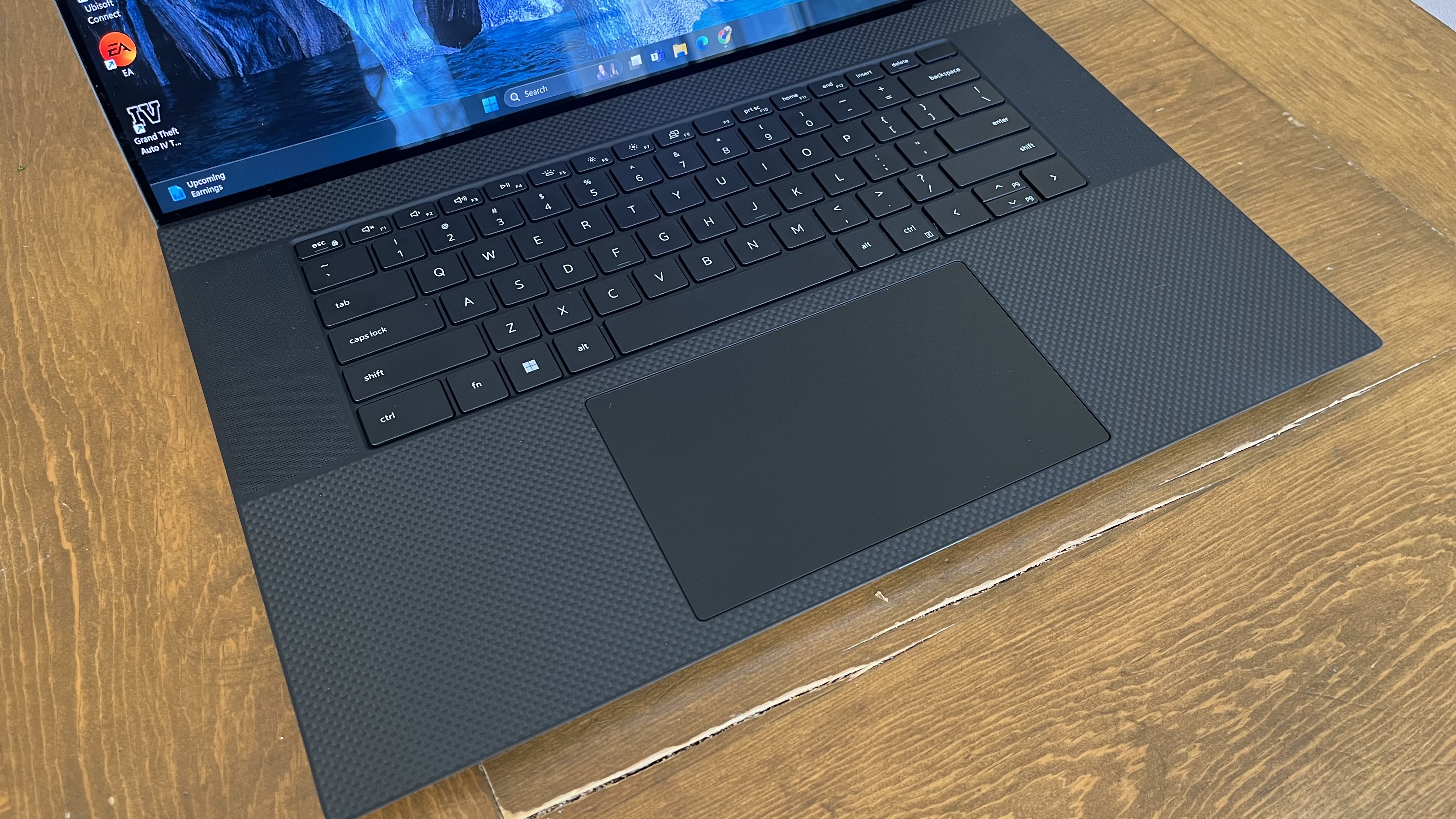

Specifications
Reasons to buy
Reasons to avoid
✅ You want a 4K display: The Dell XPS 17 display isn't just a broad 17 inches, it's also in 4K - which may not be necessary for computer science studies, but it's a stunning nice-to-have.
✅ You want serious performance: As you'd expect from Dell's business line, the XPS 17 offers outstanding performance that left us impressed after tests.
❌ You're working to a budget: It's not exactly the cheapest laptop you can get for studying, with a performance-level that reflects the steep price-tag.
❌ You want the best webcam for online classes: Where the Dell XPS 17 falters is the webcam, which is only 720p. A shame, given the premium quality of every other spec.
A big screen makes a big difference for computer science – it'll let you get immersed in coding or spread out multiple windows for easier multi-tasking. If that's what you're after, the Dell XPS 17 is the ultimate option.
Both screen options are superb – immersive and accurate – and a stunning 4K touch option is available if you're willing to pay more.
Combine that with the 13th Gen Intel Core i7 and i9 processors and high-end Nvidia graphics cores and you've got the power for any computer science workload, no matter the number-crunching needed. After-hours gaming and graphically intensive creative work is no issue, either.
XPS laptops always look and feel great, and this is no exception – it's attractive and robust. The keyboard is one of the best around and one of the only typing units to match the MacBook Pro for comfort and quality, and Dell's battery will last a full day despite the side and power available here.
The specification is rounded off with loads of ports, great internal connectivity and a 5.37-pound weight.
A big-screen option is favored by many computer science students who want immersion and space, and there's nothing better than this right now.
Read our full Dell XPS 17 review
Find the best deals on Dell products with our Dell promo codes.
Best portable laptop for computer science students
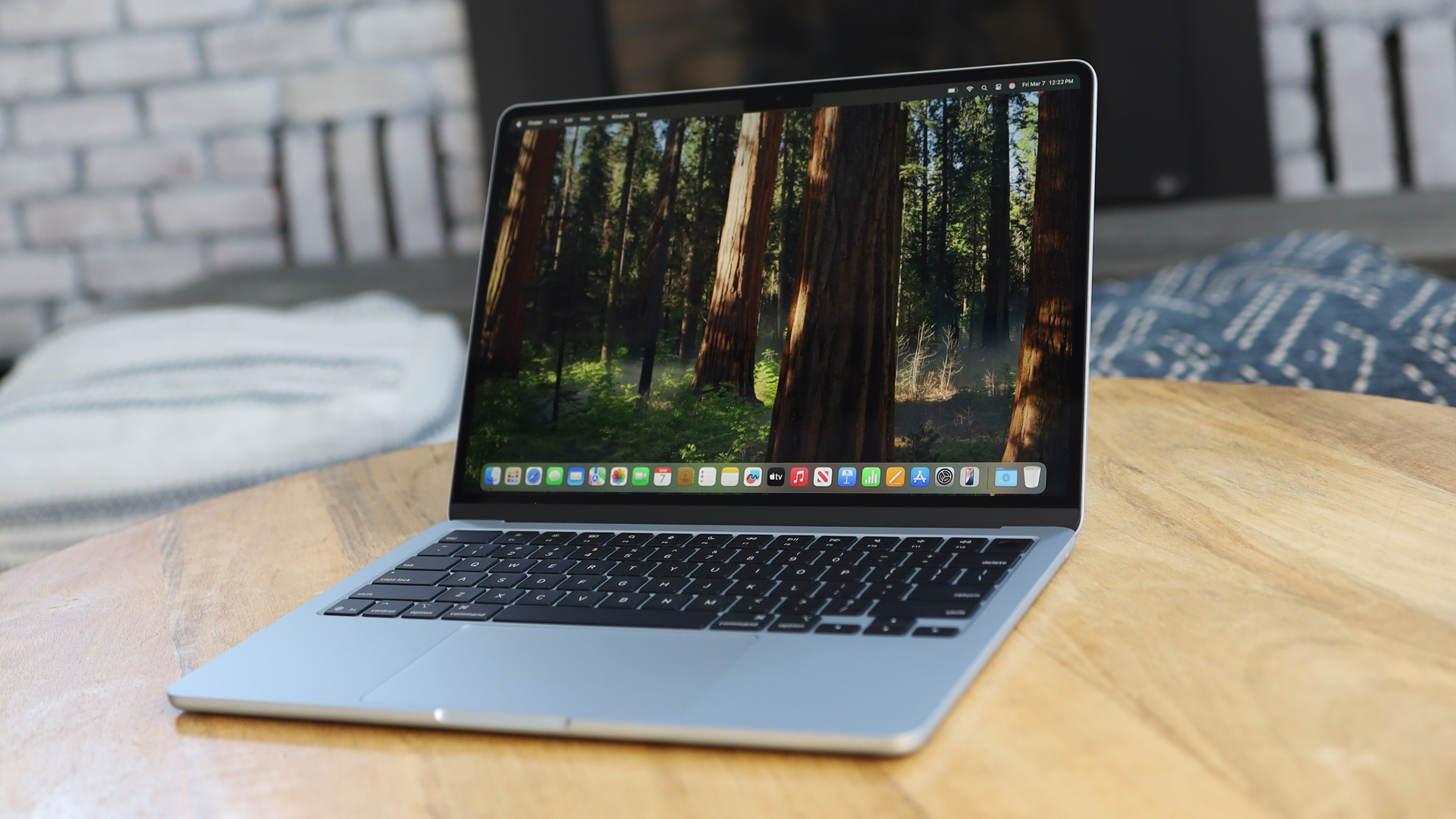

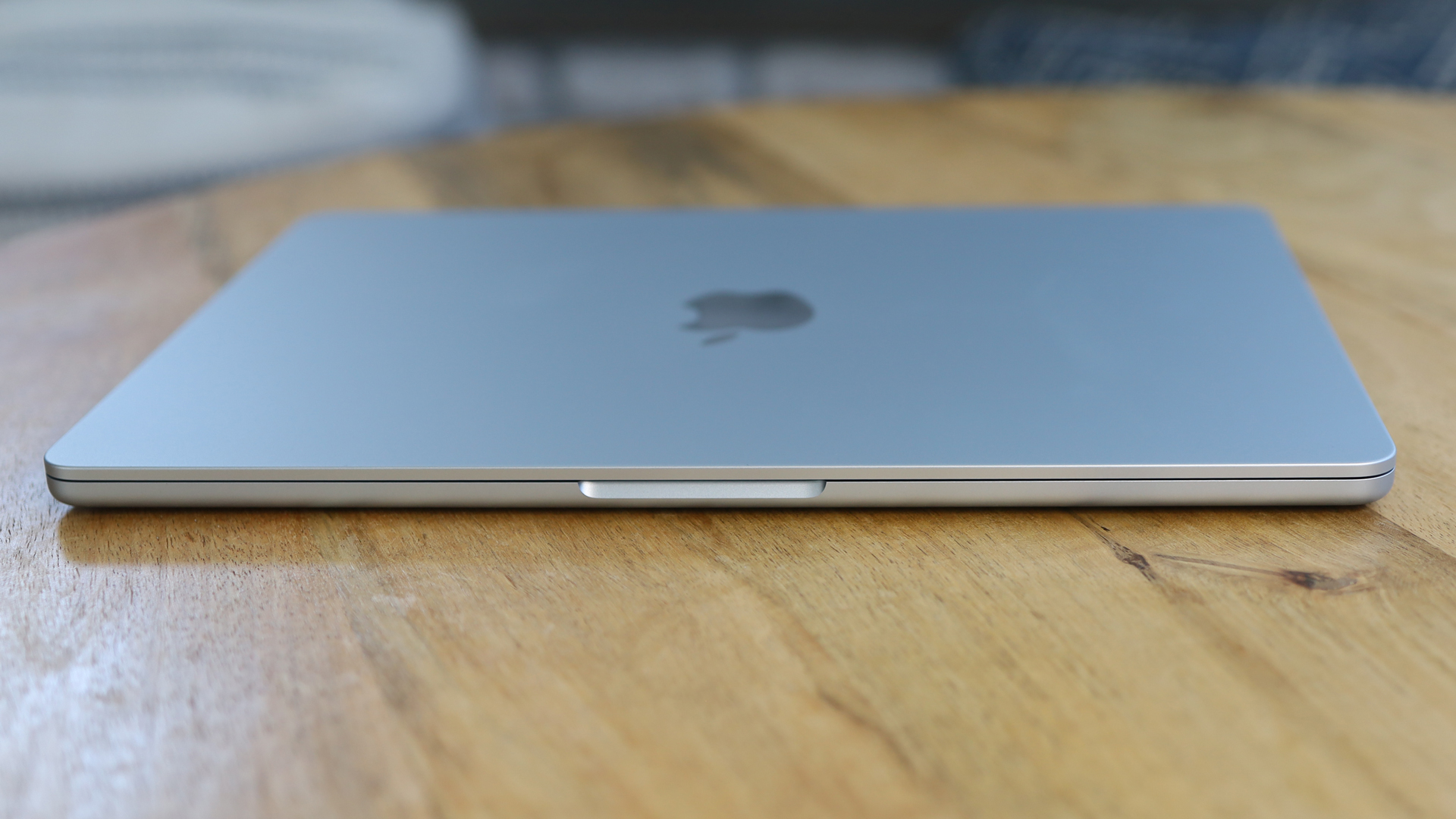
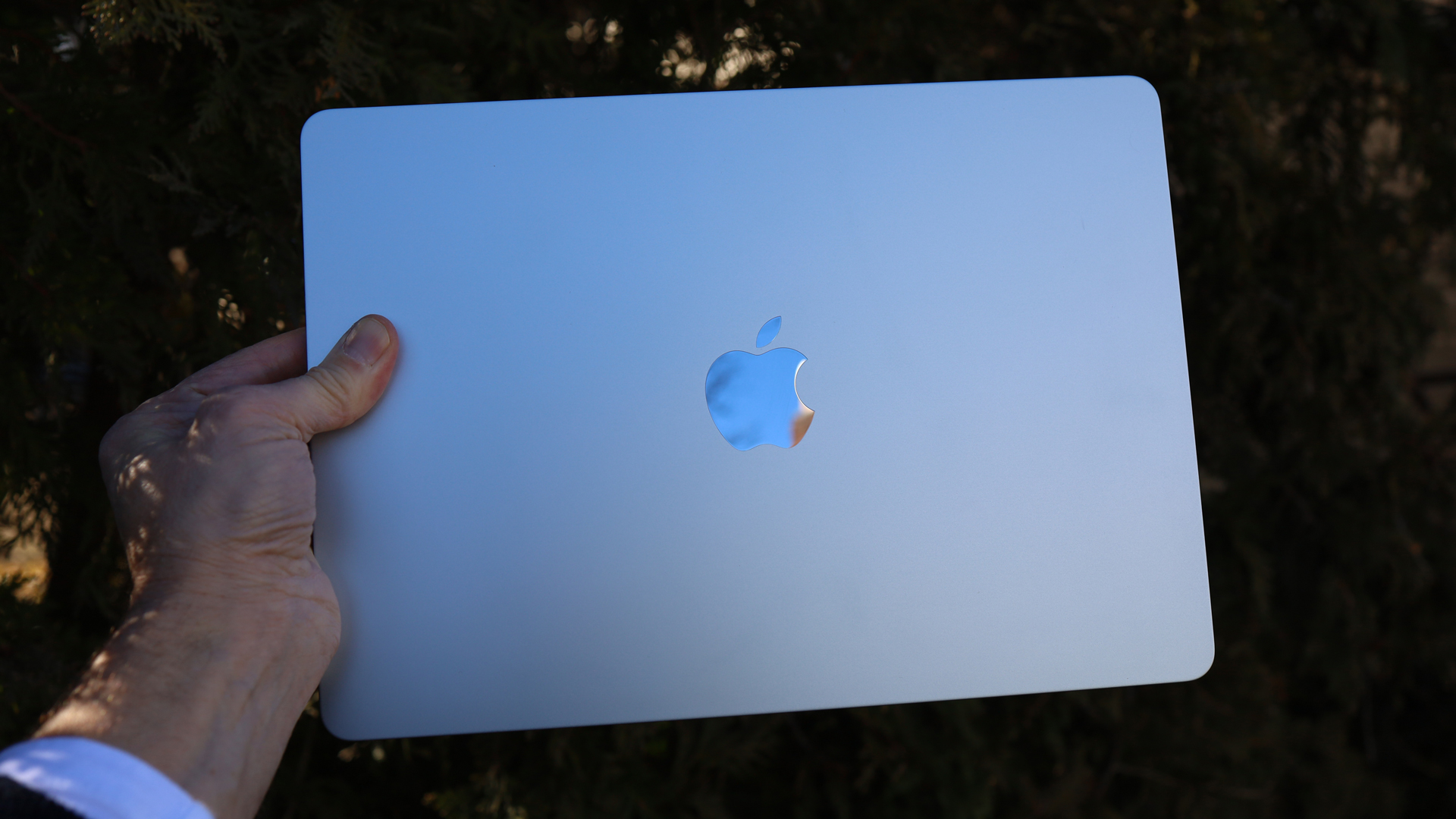
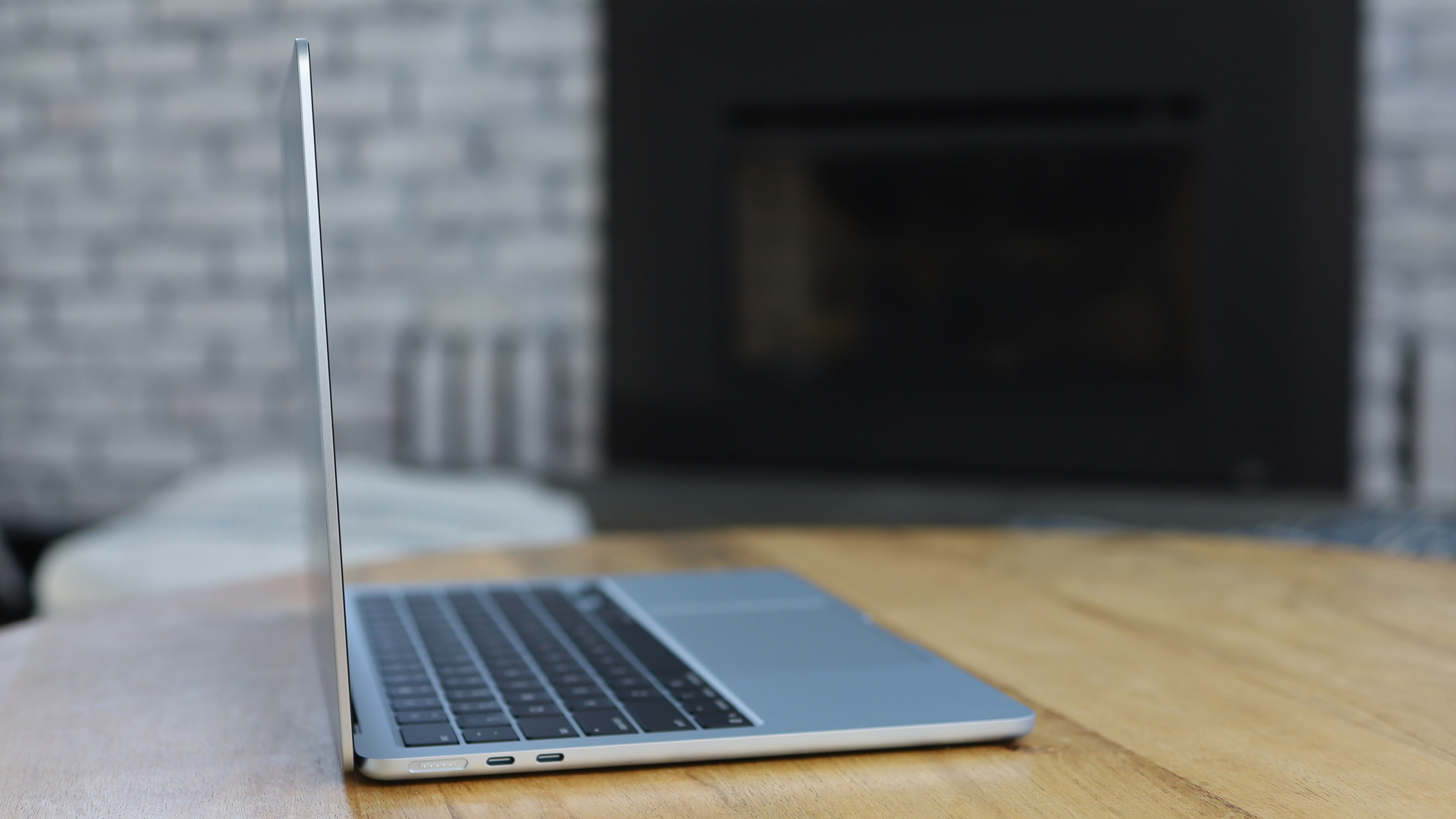
Specifications
Reasons to buy
Reasons to avoid
✅ You want an affordable MacBook: With a starting price of $899, the lowest-end MacBook Air represents excellent value for money and still performs well.
✅ You need to work on the move: With an exceptional build, sleek dimensions weighing just 2.7lbs/1.2kg, you'll be hard-pressed to find a better travel companion.
❌ You need a large screen: If you prefer working on a larger display, you should consider upgrading to the 15-inch Air, or the MacBook Pro.
❌ You want the most powerful machine: The M4 chip is more than enough for most tasks, and is well suited to programming. But if you run more intensive applications, you should consider the M4 Pro at a minimum.
Thanks to its great performance, exceptional build quality, crisp display and compact dimensions, the MacBook Air 13-inch (M4) is one of our favourite machines.
This latest machine in the Air series is also really well suited to programming and professional computer science workloads, thanks to its fantastic M4 processor, so students can definitely make the most out of a machine like this without worrying about reaching any bottlenecks. Indeed, the base MacBook Air can handle DevOps work pretty well and has plenty of power for writing web apps, scripts, and light Docker use. That's especially the case if you're relying on remote servers to handle most of the compute.
This also has the added advantage of being much more portable than the MacBook Pro 14-inch, meaning it's perfect for computer science students who often need to work away from the desk. You can attribute that to its 2.7lbs/1.2kg weight and sleek dimensions (it's just 0.44in/1.1cm thick), meaning it can just about fit into any bag. With a starting price at under $1,000, it represents excellent value for money.
With no fans to make a fuss (instead, the MacBook Air relies on passive cooling), and an excellent battery life, the MacBook Air 13-inch (M4) is a fantastic option for computer science students who need a portable powerhouse.
Read our full MacBook Air 13-inch (M4) review
Best 18-inch laptop for computer science students

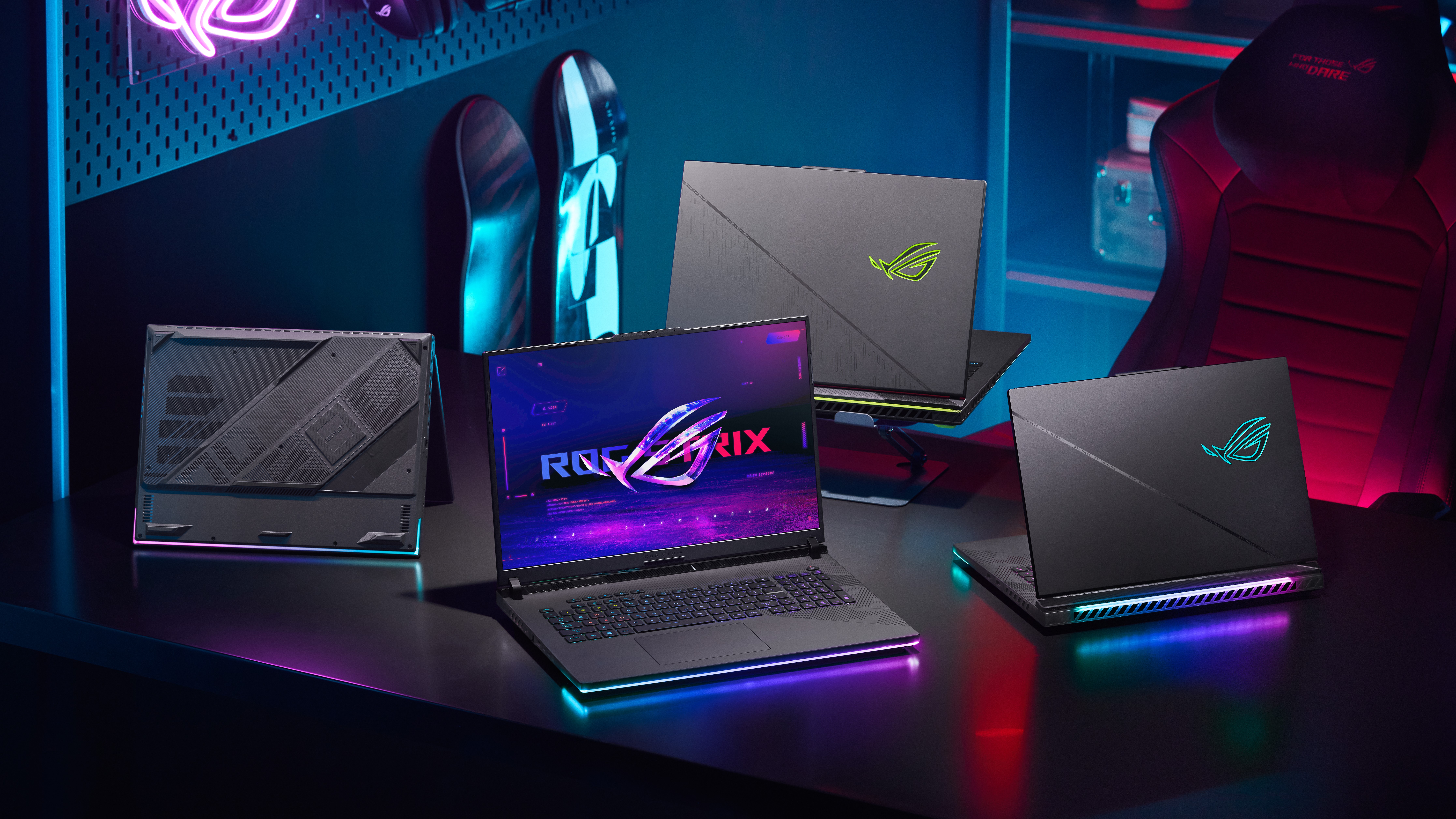
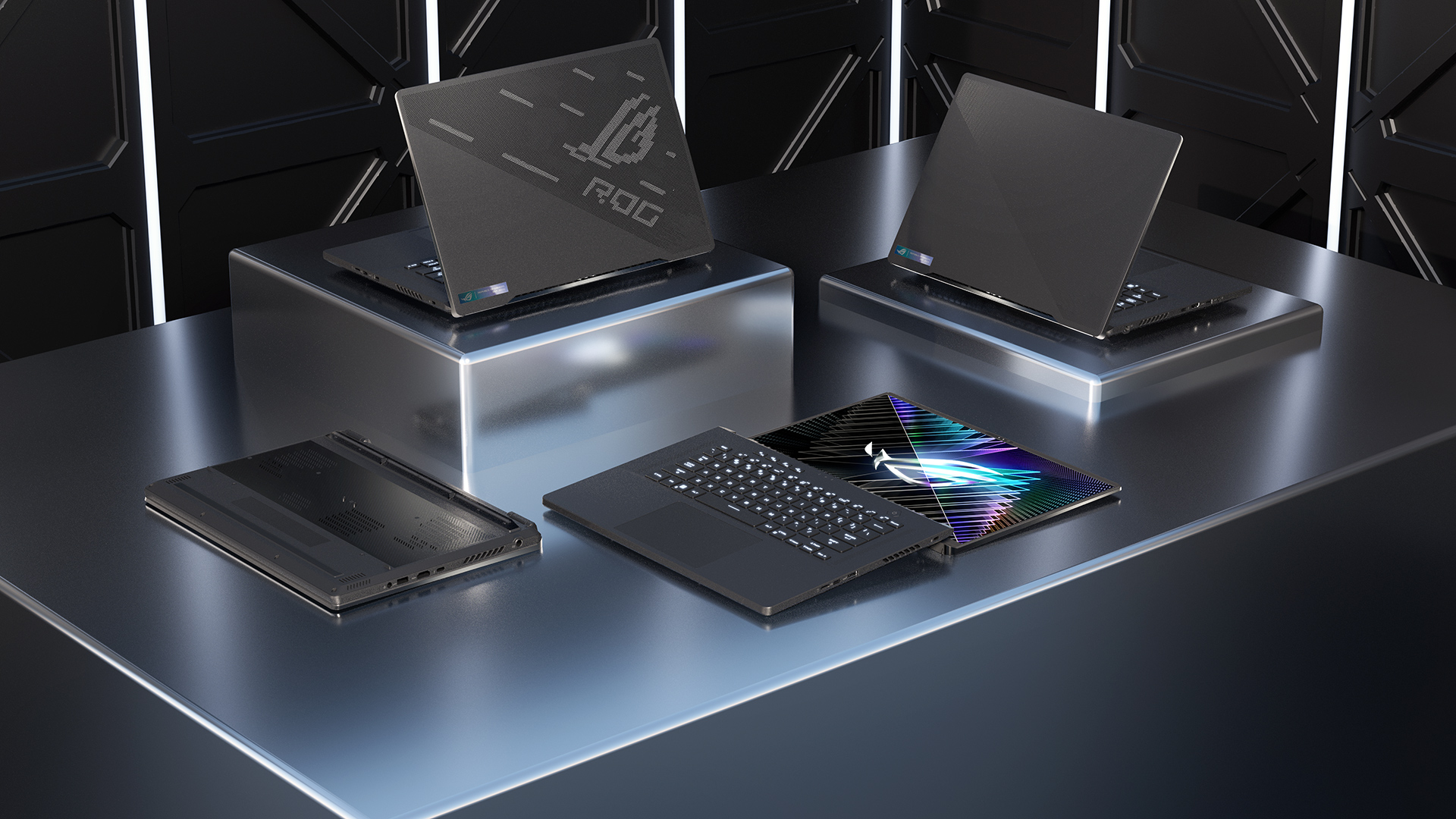
Specifications
Reasons to buy
Reasons to avoid
✅ You want accurate visuals: Although you don't get an OLED screen, a stunning 240Hz refresh rate combined with 100% DCI-P3 color accuracy makes this a treat.
✅ You need to push a laptop to its limits: Even for the most intensive and graphics-heavy workloads, this device performs incredibly well.
❌ You need something lightweight: Light, this machine is not. We would advise checking out something much smaller and more compact.
❌ You won't make the most of the panel: If you already use one or two external monitors, the chances are the screen size will be much bigger than even this machine – so there's little point in investing in something so gargantuan
Asus has been making its ROG Strix Scar 18 device for a number of years and it has carved out a reputation for being one of the best big-screen devices you can grab, with an exceptional build quality and high-end performance. In our review of the 2023 edition, we described this device as a "muscular machine" that simply blew us away on graphics-intensive tasks like premium gaming, while handling pretty much everything we could throw at it.
Looking under the hood of the new 2025 model, it's safe to say we've got a repeat performer on our hands. Fitted into the most powerful (and expensive) configuration is the Intel Ultra 9 275HX processor and the new Nvidia RTX 5090 GPU. You can also pair this with up to 64GB RAM and a chunky SSD to run pretty much anything you can think of.
For computer science students hoping to perform any 3D modeling, machine learning, or other tasks that require hefty amounts of local compute, this machine offers a perfect combination of power and dazzling visuals. This is also thanks, in part, to the expansive 18-inch display that boasts a 100% DCI-P3 color accuracy alongside an impressive 240Hz refresh rate. If you need something for intensive work, or want a machine that you can also game on in your spare time, this immersive 18-inch panel is the best big-screen laptop for computer science students available right now.
Read our full Asus ROG Strix Scar 18 (2023) review
Best workstation for computer science students

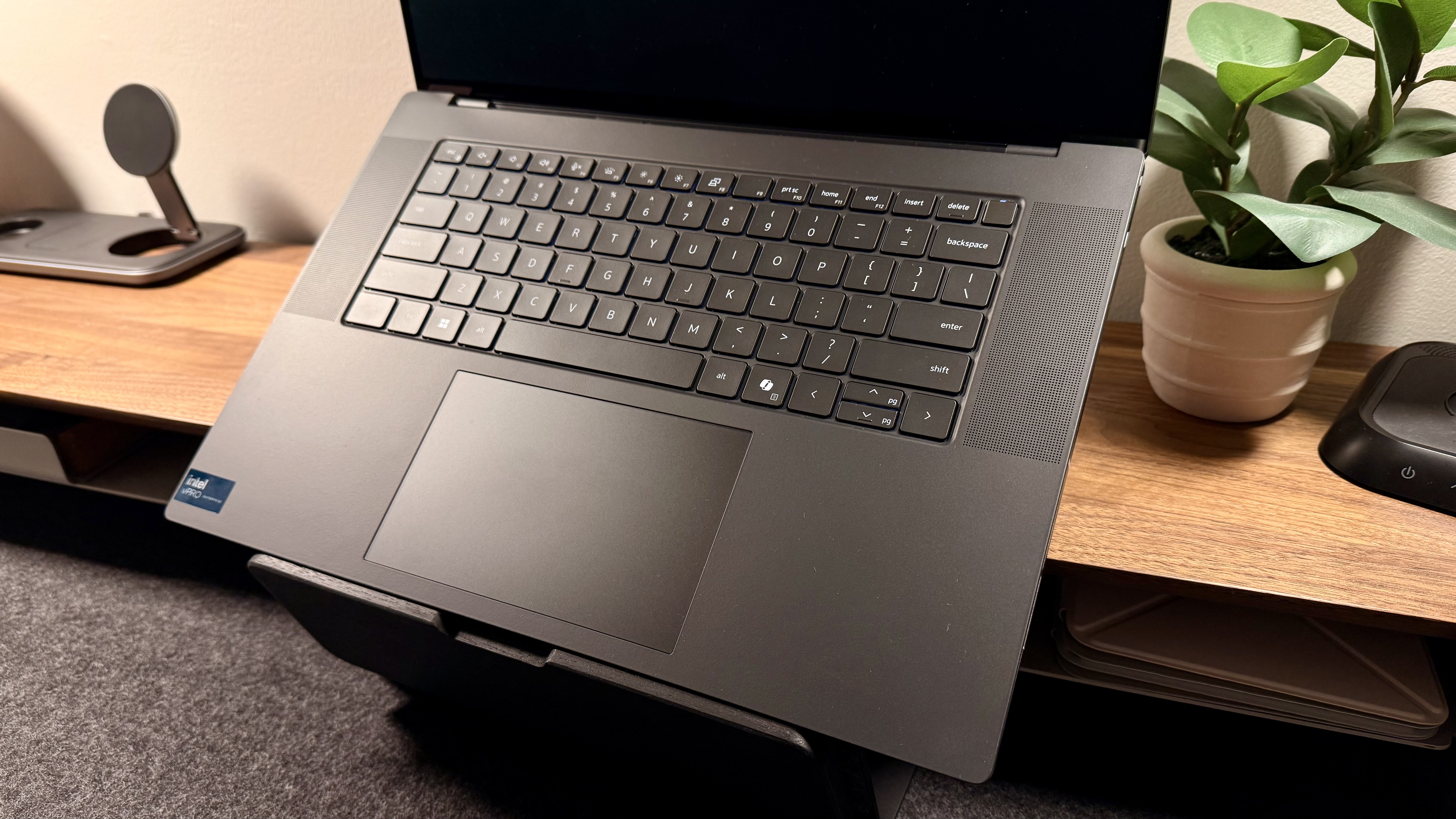




Specifications
Reasons to buy
Reasons to avoid
✅ You run graphics-heavy workloads: A dedicated GPU is highly recommended if you're working with machine learning algorithms or engaging in 3D modeling of any kind.
✅ You want a big and bright screen: While a color-accurate OLED panel isn't essential for computer science, it offers an incredible quality-of-life improvement.
❌ You want a versatile machine: This is light for a workstation (weighing 4.5lbs/2kg), but we wouldn't recommend it if you're primarily working away from the desk.
❌ You want a MacBook: The MacBook Pro offers the perfect balance between power and price, not to mention a seamless user experience. This is a fantastic machine, but it's considerably more expensive.
For advanced architectural needs and those looking to push the boundaries, the Dell Precision 5690 is the best workstation you could consider. While this is primarily a business machine, creative professionals will extract plenty of value from its attributes – from the dazzling OLED panel to the high-end components under the hood.
For a workstation, the Dell Precision 5690 is sleek and portable. While it won't be as light or compact as a MacBook, you're ultimately comparing it with similar machines – and it comes out on top. This is thanks to its 4.5lbs/2kg weight, alongside its 0.87in/2.1cm thickness. So if you do need a larger machine to work with on the go, you could do much worse.
While its design and build quality are impressive, we were also more than pleased with its performance. The Intel Core Ultra 9 185H processor is an incredibly fast chip and. Paired with the Nvidia RTX Ada 5000 graphics card, it's more than suited to handle any 3D modeling, CAD or other heavy visual workloads. That said, this configuration will set you back $6,500 – so it's only really worth opting for if you plan on pushing this machine to its limits and consistently put it under heavy workloads. It doesn't even flinch if you run intense photo and video editing software.
If you are happy to stomach its price, you do also have access to an absolutely stunning OLED screen. This 16-inch 4K panel is 400 nits bright (above average) and hits the all-important 100% DCI-P3 color spectrum coverage – meaning it's suitable for professional needs. The only downside is thinking of why you'd really need a machine as powerful as this, but if you can answer that, there's little out there better for architectural workloads.
Read our full Dell Precision 9560 review
Best laptops for computer science students compared
Model | Screen size | CPU | GPU | RAM | Storage |
|---|---|---|---|---|---|
14in | Up to Intel Core Ultra 7 165U vPro | Integrated graphics | Up to 32GB | Up to 2TB | |
14in / 15.6in / 17.3in | Up to Intel Core i7 13th Gen | Integrated graphics | Up to 32GB | Up to 1TB | |
14in | Intel Core Ultra 7 155H | Up to Nvidia GeForce RTX 4050 | Up to 64GB | Up to 4TB | |
16in | Apple M4 Pro - M4 Max | Integrated 40-core GPU | Up to 48GB | Up to 1TB | |
15.6in | Up to AMD Ryzen 7 5800H | Up to NVIDIA GeForce GTX 3050 Ti / AMD Radeon 6500M | Up to 16GB | Up to 1TB | |
2 x 13.3in | Intel Core Ultra 7 155U | Intel Arc graphics | Up to 32GB | Up to 1TB | |
17.3in | Up to Intel Core i9 13th Gen | Up to Nvidia GeForce RTX 4080 | Up to 64GB | Up to 8TB | |
13-inch 2560 x 1664 | Apple M4 (10 core) | Up-to 10-core GPU | Up to 36GB | Up to 2TB | |
18-inch 2.5K | Intel Core Ultra 9 Processor 275HX | Nvidia GeForce RTX 5080 - 5090 | Up to 64GB | 1TB + 1TB PCIe 4.0 NVMe M.2 Performance SSD | |
16-inch, 3840 x 2400 OLED. | Intel Core Ultra 9 185H, 16 cores | NVIDIA RTX 5000 Ada with 16GB GDDR6 | Up to 64GB LPDDR5x | Up to 8TB |
Best laptops for computer science students: FAQs
What are the minimum laptop requirements for computer science students?
Computer science studies don't typically need super high-end laptops, and the two most important factors you'll want to look at are the processor and RAM - this will keep your workflow smooth.
With that in mind, I'd check for the minimum specs below. All laptops in this round-up meet these requirements. For more information, check to see what your school or college recommends, as courses may vary.
CPU: Intel i5, AMD Ryzen 5, or any M-series MacBook.
GPU: Integrated graphics will be suitable for most classes, but a discrete GPU isn't a bad thing.
RAM: 16GB or 32GB of memory will keep your experience responsive. As usual with RAM, the more, the merrier.
Storage: 512GB will be fine, but 1TB or more is preferred.
Display: 14in screen size at 1080p resolution will be suitable, but you can always go larger in size and higher in resolution.
Are Apple laptops good for computer science students?
The best Apple MacBooks and the best MacBook Pro laptops are great options for students of all stripes, including computer science students. Apple's M2 processors deliver huge power, the keyboard and build quality are brilliant, and the battery lasts so long that you might get through two working days without a charge.
As ever, though, MacOS won't support every app you might need, so check before you buy – and make sure your software will run on an Apple device.
What's best for computer science students – processing power or a graphics card?
Processing ability is far more important than GPU power for computer science laptops, but it's worth getting a device that excels in both areas.
Today's best processors have exceptional single-threaded performance for strong performance in coding and software development workloads, so a Core i7 or Core i9 CPU is essential.
That said, the parallel processing ability of the best GPUs mean that it's vital to have a discrete graphics core if you want to use your laptop for machine learning, data analysis and simulation – and even gaming.
Should I consider Linux for computer science?
It's always worth considering Linux for computer science, and if you buy a Windows notebook you can always create a partition with a distro alongside your Windows installation.
There are plenty of reasons why computer science students like Linux. An open-source operating system allows for huge customization and flexibility alongside huge Terminal power and robust package management for running development tools. Stability and efficiency are great on Linux, and Linux also supports a wide range of programming languages.
Do you need a powerful laptop for computer science?
The answer depends on your specific workloads and type of programming or engineering that you're doing but, broadly, yes – it's better to have more power than you'll need than not enough. Either way, there are plenty of options in our list that vary in terms of size and power they offer, depending on what you need your new machine for.
For most computer science students, you should find there's enough power in the likes of the MacBook Air 13-inch (M4) thanks to the brilliant processor, or even the Lenovo ThinkPad X1 Carbon Gen 12 – which we have recommended as the best overall.
But we have also included a series of more powerful laptops that push the limits of what those two machines can handle in case you need a machine that can take on workloads that requires plenty of local compute. We're thinking 3D modeling or CAD or even hefty machine learning tasks, which require plenty of graphics power output. The likes of the Dell Precision 5690 is typical of this kind of machine – but beware that such laptops come with heftier price tags.
How to choose the best computer science laptop for you
When choosing the best laptop for a computer science course, there are a number of factors to consider.
How you prioritize your components will be determined by how you plan to work, but if you're handling conventional computer science workloads then you should make sure you great a great CPU – and ensure you match that with a discrete GPU for AI, machine learning and gaming.
Regardless of that, make sure you've got at least 16GB of memory – 32GB if possible – and an NVMe SSD to keep things running smoothly.
You'll be spending lots of time at your keyboard, so ensure the typing kit is comfortable and robust, and seek out a numberpad if that's important.
Elsewhere, make sure that a laptop has enough battery for your likely workloads and working venues, and ensure it has Wi-Fi 6 and ports to support all of your peripherals.
Finally, there's the screen. Getting the most accurate display on the market isn't key for a computer science laptop, but it's worth getting the highest resolution you can so you've got more space to become immersed in tasks and spread multiple windows around.
How we test the best laptops for computer science students
Our team of reviewers have tested hundreds of the best laptops - so when it comes to going hands-on with the best laptops for computer science students, we know exactly what you need to look for to make a decision.
Our review process is rigorous. From benchmarking the performance of the best laptops for MBA students to analyzing the specifications of all the best laptops for architecture students, we undertake the same approach to each laptop we review.
When reviewing the best laptops for computer science students, we want to see good performance when running core apps in class - you shouldn’t be concerned about the reliability of your laptop in class. As such, we conduct simulated and real-world benchmark tests to fully assess each laptop’s power.
We take portability seriously - because a laptop with a bulk design or unnecessary weight is only going to slow you down while travelling across campus. As part of this, we test the solidity of the construction and build quality, and conduct the TechRadar battery life test to test how well manufacturer claims hold up to reality. With student laptops for computer science, we also look at the ergonomic design. Is the keyboard comfortable to type on? Are the palm-rests good and fatigue-free after long hours of use?
We also check all connectivity and port selections, size sizes, built-in eye-care technology, and any special features such as 2-in-1 flexibility and facial recognition. Finally, we look at the market and the competition to judge value for money on the best student computer science laptops.
Find out more in our detailed guide How we test laptops and desktops: our reviewing process explained.
Get in touch
- Want to find out about commercial or marketing opportunities? Click here
- Out of date info, errors, complaints or broken links? Give us a nudge
- Got a suggestion for a product or service provider? Message us directly
- You've reached the end of the page. Jump back up to the top ^
Sign up to the TechRadar Pro newsletter to get all the top news, opinion, features and guidance your business needs to succeed!

Steve is B2B Editor for Creative & Hardware at TechRadar Pro, helping business professionals equip their workspace with the right tools. He tests and reviews the software, hardware, and office furniture that modern workspaces depend on, cutting through the hype to zero in on the real-world performance you won't find on a spec sheet. He is a relentless champion of the Oxford comma.